You might have come across this article in search of a Korean tutor.
Are you someone who has been studying Korean for some time now and are still hoping to enhance your studying effectiveness? Are you someone who’s only just started and would love some additional support in your language learning journey?
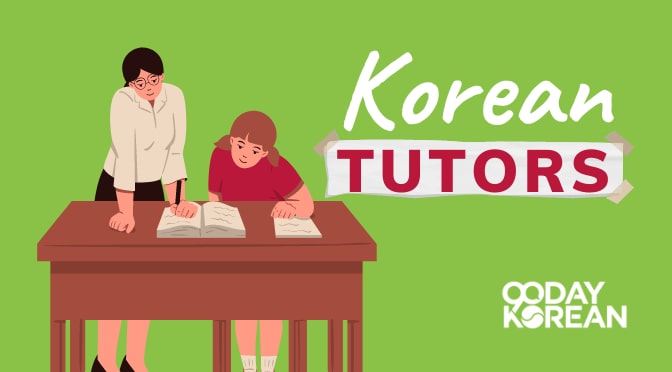
Are you simply curious about starting Korean classes because you love K-pop, Korean drama, and movies? Perhaps you’re looking to be best prepared for an upcoming trip to South Korea? Whatever is your reasoning, finding the best Korean tutors around could be the key to making the best of learning Korean for you.
Below we’ve offered some tips on how and where to find Korean tutors best fitting for you. It’s totally up to you whether you prefer Korean lessons over Skype or Zoom, or if you fancy taking a different type of an online Korean lesson or simply finding Korean tutors online.
How can Korean tutors help with language learning?
With the help of a good Korean tutor, you can learn Korean well beyond the essential basics – which we’re sure is something you’d like to do.
By learning Korean, you’ll not only be able to better sing along to your favorite K-pop tunes, you’ll be able to understand the lyrics, too! And while there are numerous ways to learn Korean, one method you definitely should look into and try out is to get yourself a Korean tutor.
Things to consider before getting Korean tutors
Before you settle on any Korean teacher, you need to be clear with yourself on what you are after. Also, you need to make sure they operate in a time zone that fits you and perhaps even try out some lessons before you decide the tutor in question is worth your time.
If you are already determined to connect with a tutor, you can go through some detailed tips below on how you can find the best Korean teachers and tutors for yourself.
What are your Korean Language Goals?
Before you do anything else, make sure you know what your personalized Korean goals are. That is the key that opens all the doors! If you’re yet to figure it out, now’s the time for it.
Knowing what you are learning Korean for is how you stay motivated on your language learning journey, after all. Here are some common goals that Korean language learners have:
- A language lover wanting to learn a new language for fun
- You plan to live in Korea for work or studies
- You plan to travel around Korea and communicate well with the locals
- You are interested in all things related to Korean culture and thus would want to gain intimate knowledge of its language as well
- You’re married to a Korean person and you want to learn some Korean for them
Essentially, it doesn’t matter what your Korean language goal is, as each person has their own. However, you do need to have it specified for yourself so that you can not only stay motivated but also plan your upcoming studies accordingly.
By having a specific goal you are trying to reach, it becomes so much easier to achieve a desired level of Korean, too.
Find Korean Teachers online that work for you
Besides having clear goals set up, for you and your Korean tutor to work together effectively, you need to choose a tutor that will work for you. As in, they seem to offer the type of studying environment where you believe you can effectively learn a language in.
You do not need to limit your requirements to any one thing, you can have a checklist of multiple points that any Korean tutor needs to check off before you will sign up for their services.
Their usage of language learning terms
Some important requirements to take into consideration is especially whether they use language and terms you think you can understand. If you cannot understand the way you are being taught, then it’s honestly going to be a waste of your time. Not everyone learns things the same way, and that’s why there are also many different kinds of Korean tutors and online lessons out there for you to choose from.
Additionally, simply put, not every single Korean class out there is of acceptable quality. Thus, you need to be careful when picking the lesson you intend to sign up with.
The tutor’s personality
Another requirement you may want to include, especially when looking for a Korean tutor (more so than when searching for general Korean lessons) is the type of personality they seem to possess. For the most efficient learning, you will want to have a tutor with whom your personality matches well.
Again, as we all have unique personalities, the same Korean tutor will not be the best fit for all of us. Therefore, you need to make your decision based on your unique learning method and personality. Of course, even then you can limit your search to a pool of the highest-rated Korean tutors.
Do a trial lesson
If it’s at all possible, do a trial lesson before you fully commit to any Korean tutor. You wouldn’t want your hard-earned money to go to waste, and a trial lesson is a great way to experience firsthand if the tutor and their lesson structure match your style of learning.
Many Korean tutors do like to offer trial lessons for new potential clients, so don’t be shy about accepting such an offer. They may not be entirely free of charge every time, but they are typically offered at a reduced rate in comparison to a full commitment.
Trial lessons are beneficial for the Korean tutors themselves, too. It offers them a chance to test out how their current style of classes is received and can provide them feedback on how to improve their teaching methods.
But most of all, it is a chance for you to know if you’re connecting with a suitable tutor and get a feel of the type of learning experience.
Find Korean tutors that are focused on speaking Korean and real-life dialogue
Now, when it comes to getting yourself a tutor online, most of the time you wouldn’t want them to simply teach you the same things you could learn in any online classes. Instead, you’ll want them to take a deeper or at least a differentiated approach.
More specifically, you’d likely get the most out of a tutor or a private teacher if you got one that especially focused on speaking exercises. Becoming a natural speaker of Korean isn’t easy, and yet it’s also not something that many classes can properly teach you. However, by doing Korean lessons with a tutor you can get more practice in it.
After all, at the end of the day, you will want to learn how to actually communicate in Korean, at least to some extent. And if you are only studying written words or spoken sentences that aren’t actually used in daily communication, how will you be able to do so?
Typically there is some sort of an introduction to the contents of the classes and tutoring offered. You can follow this introduction to get some insight into what you can expect. And, of course, you can also reach out and ask for more details. Also, with the most flexible Korean tutors, you can build the curriculum around your specific desires.
Choose a tutor that matches the qualities of a good Korean tutor
Besides having your own set of requirements for what you’re looking for in a Korean tutor, you should also check that they meet the requirements of a good teacher in general. What are those qualities they should be matching, then?
The big plus of a private tutor is that the classes will be tailormade specifically for you. That means, rather than in general classes that are made for the masses, your tutor is creating the class precisely for you.
However, not every tutor can necessarily do this so well. That’s why you need to find a tutor that has a specific set of qualities that a good tutor would have. This way you’ll know that the classes have been designed so that they align with your goals, learning styles, and personality.
What is a good Korean tutor like?
1. For starters, it is most important that your tutor is patient and adaptable.
A tutor may have numerous different clients, each with their own strengths, weaknesses, learning styles, and learning speeds. And the tutor needs to be able to handle each of their clients with care and efficiency, taking each different client as an individual, rather than try to use the same exact methods on each one.
2. Hand in hand with that goes the requirement for a tutor to be flexible.
As was already alluded to above, they may need to alter their teaching styles somewhat based on each student’s needs. These needs can be directly related to studying or they may also be more emotional-based. When speaking about teaching styles and flexibility, this includes being open and adjustable to possible timetable changes.
3. Of course, you can expect a good tutor to be emotionally intelligent as well as a good communicator.
If there’s something happening in your life that’s affecting your studies, they may be able to suss it out and adjust your lesson of the day accordingly. And with good communication, it is easier for them to explain the Korean lessons to you in ways that you find understandable. That is definitely a must quality for a tutor you hire to have.
4. Finally, you may want your tutor to also be self-disciplined.
This means you’ll want your tutor to show up on time, and make good on deadlines and other promises. Sometimes life happens to Korean tutors, too.
But if they aren’t punctual and are constantly forgetting whichever extra notes they may have promised you, you’re probably not getting the best out of the class. Your tutor may even come across as mighty unprofessional with behavior like this.
Consider your schedule
In addition to making sure your Korean teacher meets certain qualities, also make sure that you yourself are a right fit for the particular class offered.
Your Time Zone
If teaching can only be offered at a specific time, which in your time zone means bedtime, it may not be the best fit for you. Instead, choose a tutor that is available sometime around your free time.
Your Schedule
Also, examine your own flexibility and possible schedule restrictions. These are important to be clear on ahead of time as they affect largely which tutor you can start learning with. If you have a lot of free time and flexibility, it’s easier to hire any tutor.
But if you have a pretty busy schedule, you need to make sure you are meeting with a tutor that you can always fit into that schedule. Unfortunately, with Korean tutors, it’s not possible to enroll in a class that can be taken by yourself any time of day. It’s a live interaction, and you need to consider that when searching for potential Korean teachers.
Where to find Korean tutors?
Now that you know the how, of course, you also need to know the where! You actually don’t have to do much more than Google “Korean tutors” and some results will pop up for online options available.
By adding your location, you may also be able to discover Korean tutors near you in case you’d like to do face-to-face Korean lessons. Social media can also be of great help in this situation and you may even want to ask your Korean friends for tutoring help or assistance in finding a great tutor.
Additionally, especially online message boards related to learning Korean may be an efficient tool to use when searching for private teachers. You can utilize them offline as well, especially if you are currently in school or a university student.
90 Day Korean’s Membership Program
By signing up for our membership program, you can rest assured you are getting your money’s worth, which may not be the case with many other online Korean teaching sites.
Through this online language learning platform, you not only gain access to our weekly Korean lessons and other teaching content, but you will also have full access to our experienced coaches. This can also be accessed through your desktop or mobile device so it’ll be easy to squeeze some lessons in between your schedule.
The pricing of the entire program is similar to what some other sites may charge for tutoring only, so your money is being used efficiently by joining our inner circle for weekly online lessons and tutoring.
Our language coaches are not only highly qualified to tutor you, but they can also provide you with professionally structured guidance. This should help you greatly in achieving whatever your language learning goals are. These coaches can help you go over homework, practice pronunciation, and more.
By learning through our membership program, the money you will put in for your studies will be similar to the price more qualified Korean tutors charge. However, for that same amount of money, you will not only get structured and efficient tutoring but actual lessons as well.
Or you can also look at it the other way: you pay around the same amount you would for Korean classes with other sites, but in addition to the weekly lessons, you get supportive tutoring as well. Really sounds like you’d be getting your money’s worth with the membership program!
How much does Korean tutoring usually cost?
Many other sites, especially those of verified quality, charge $30-$40 per hour for Korean tutoring. With such a high price, you are guaranteed to be tutored by a teacher who actually knows how to teach Korean.
Therefore, you will likely have a good and efficient experience with the tutoring itself. However, that may be a steep price to pay, especially if you wish to do tutoring for more than a few sessions.
Alternatively, it may also be possible to find Korean tutors charging only $5-$10 per hour. And often enough they may even be native Korean speakers, which is of course a perk.
However, just because they are native Korean speakers of the language doesn’t automatically guarantee that they are skilled teachers or adaptable to your learning style and needs. In other words, tutoring is an excellent case where your money may be better spent paying a little more than what’s being offered the cheapest.
What to look for in an online Korean class?
Finally, before we let you go to find Korean tutors perfect for you, let’s also briefly go over what to look for in an online Korean class in general. There are three things you will want the class to possess:
1) It fits your personal learning style
As we mentioned above, each of us has a personal learning style and not all of us learn the same way.
It explains, for example, why some people may do great in school classes and exams, while some others may struggle, despite the fact they’re both equally intelligent. Similarly, not any and every Korean class will teach you Korean in a way that is most efficient and useful to you.
If you are not yet sure, now is the best time to figure out what is the style in which you learn most efficiently. Are you more of a visual learner? Do you learn better through hearing? Have you found the most efficient way for you to learn is by directly doing things? Or perhaps you digest new information best by reading and writing?
Whichever of these descriptions fits you the best, that is the style of a class you want to be chasing after.
2) It teaches the specific concepts that align with your goals
In the first section, we already went through the part where we stopped to think about what your Korean language learning goal was. Besides just knowing it when searching for a tutor, it also has a lot of weight with what type of Korean class you will end up choosing.
For example, if you simply want to learn some basics of Korean for fun, you probably wouldn’t enroll in a class in a Korean language school where they teach Korean 4 hours a day. However, if you are intending to enroll in a university in Korea, that is absolutely the type of a class you will want to take.
Thus, prior to signing up with any class, do read the structure summaries and reviews to get a feel of how the class will be taught, what will be taught in it, and how intense you can expect it to be.
You’ll want to be challenged, but you also won’t want to waste time studying things that will be of no use to you. Even if you are simply in it for fun, you may not want to take on a TOPIK preparation class, for example.
3) It matches your experience and knowledge
Finally, you absolutely want to choose a Korean class that is at the right level for you in terms of prior teaching experience and knowledge. You wouldn’t want to simply rehash things you already know, but you also won’t get much out of the class if it is above your current Korean level.
You can discover a better understanding of what the appropriate level of Korean class would be for you by doing a Korean language level test. With the information gained from it, you can search for a class matching that.
A level test can also be applicable when signing up for our program so that you will not have to start from scratch. By taking the level test, you will also give an ample amount of information to your tutor regarding your current knowledge of Korean. With this, you can better structure your schedule and curriculum with Korean tutors.
Conclusion
With that information, you should be quite ready to find Korean tutors online or offline that are perfect for your needs and goals! By equipping Korean tutors in your learning program, you can make the most out of your Korean studies.
Whether you want to learn faster or more intensively, with the help of a private Korean teacher it becomes so much easier. While it may cost you more than getting a language book from the store, you’ll learn numerous things a book could never teach you.
And if you haven’t yet, now is the time to check out our membership program for your Korean lesson needs!
The post Korean Tutors – Finding a Teacher for Online Hangeul Lessons appeared first on 90 Day Korean®.
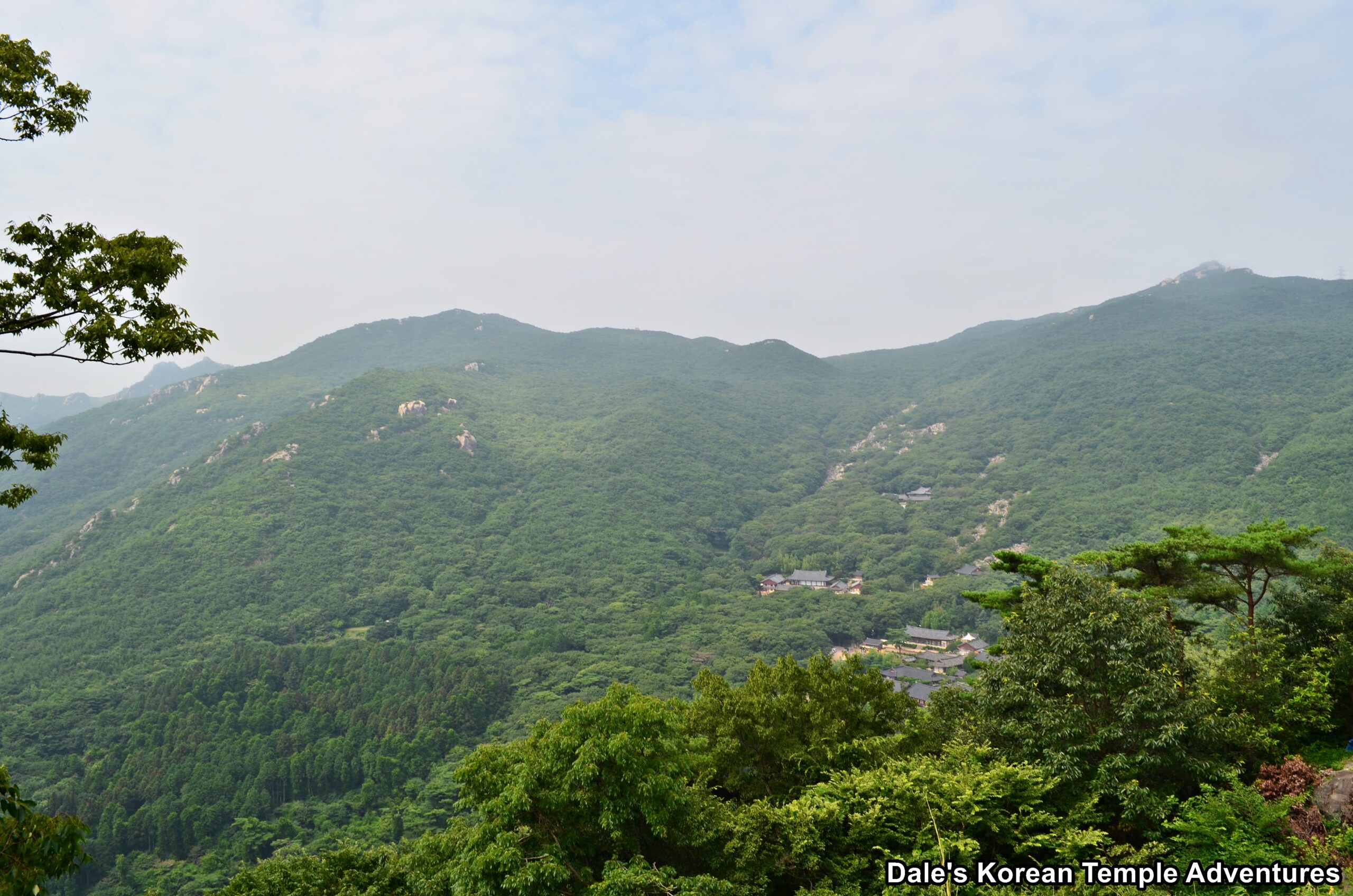
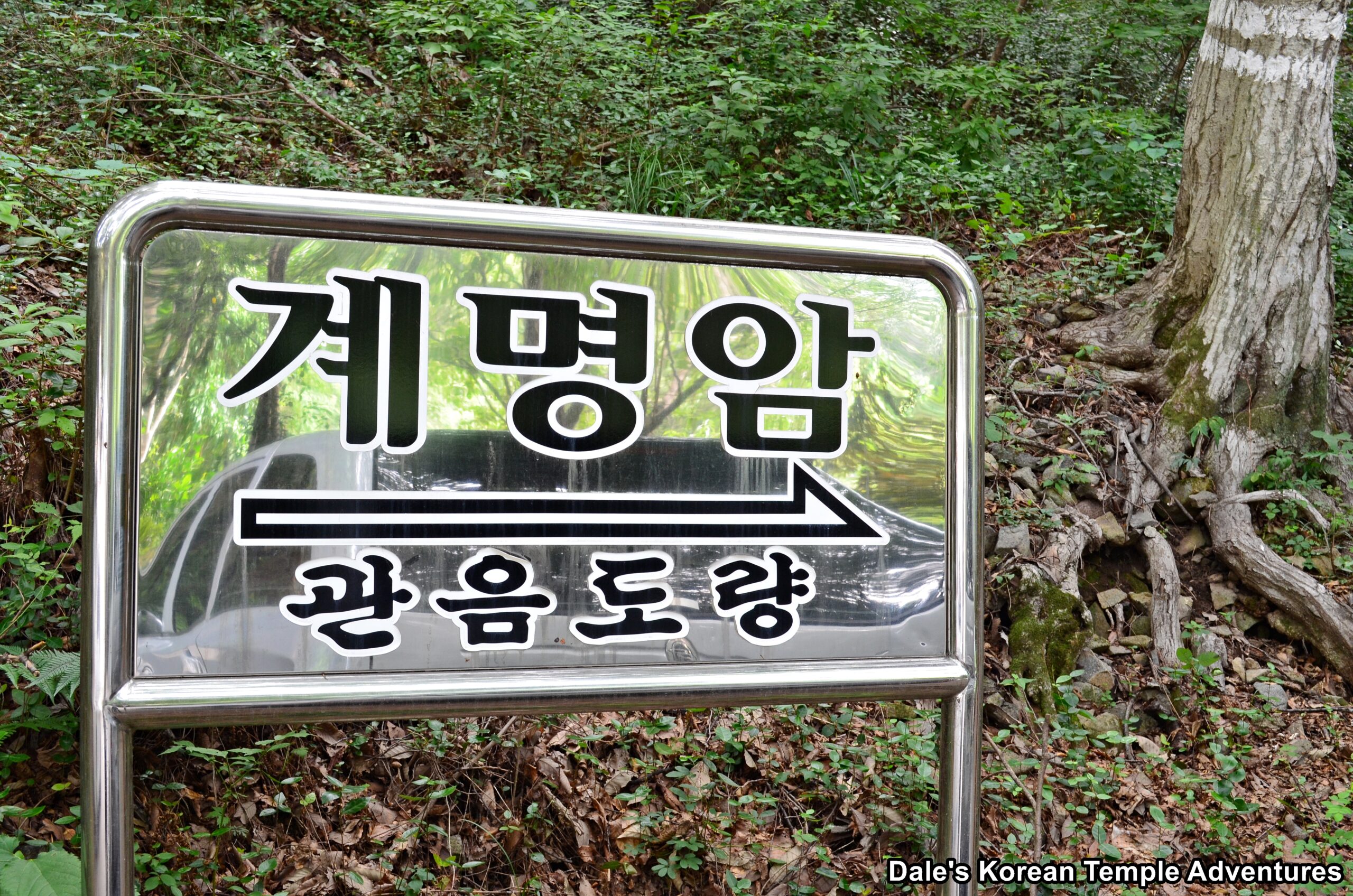
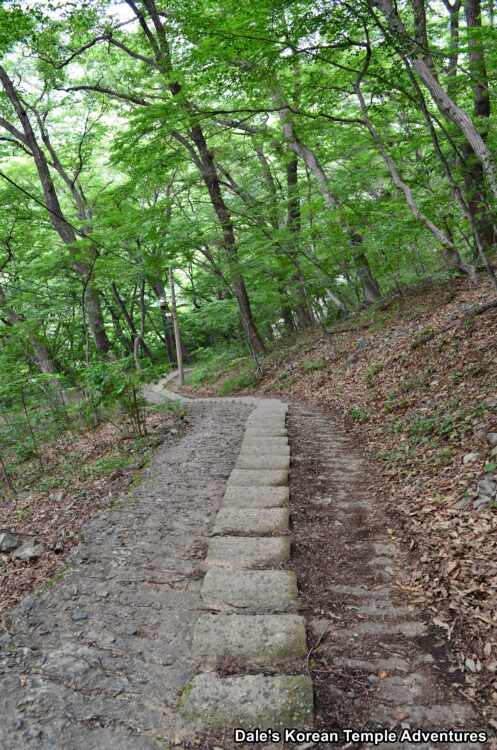
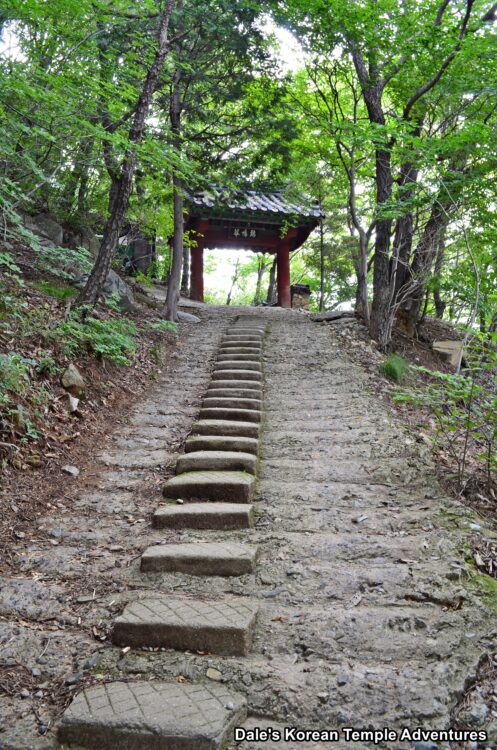
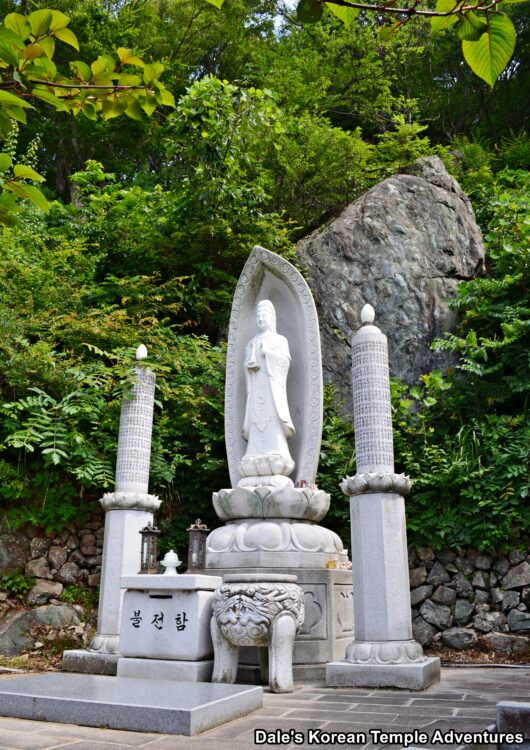
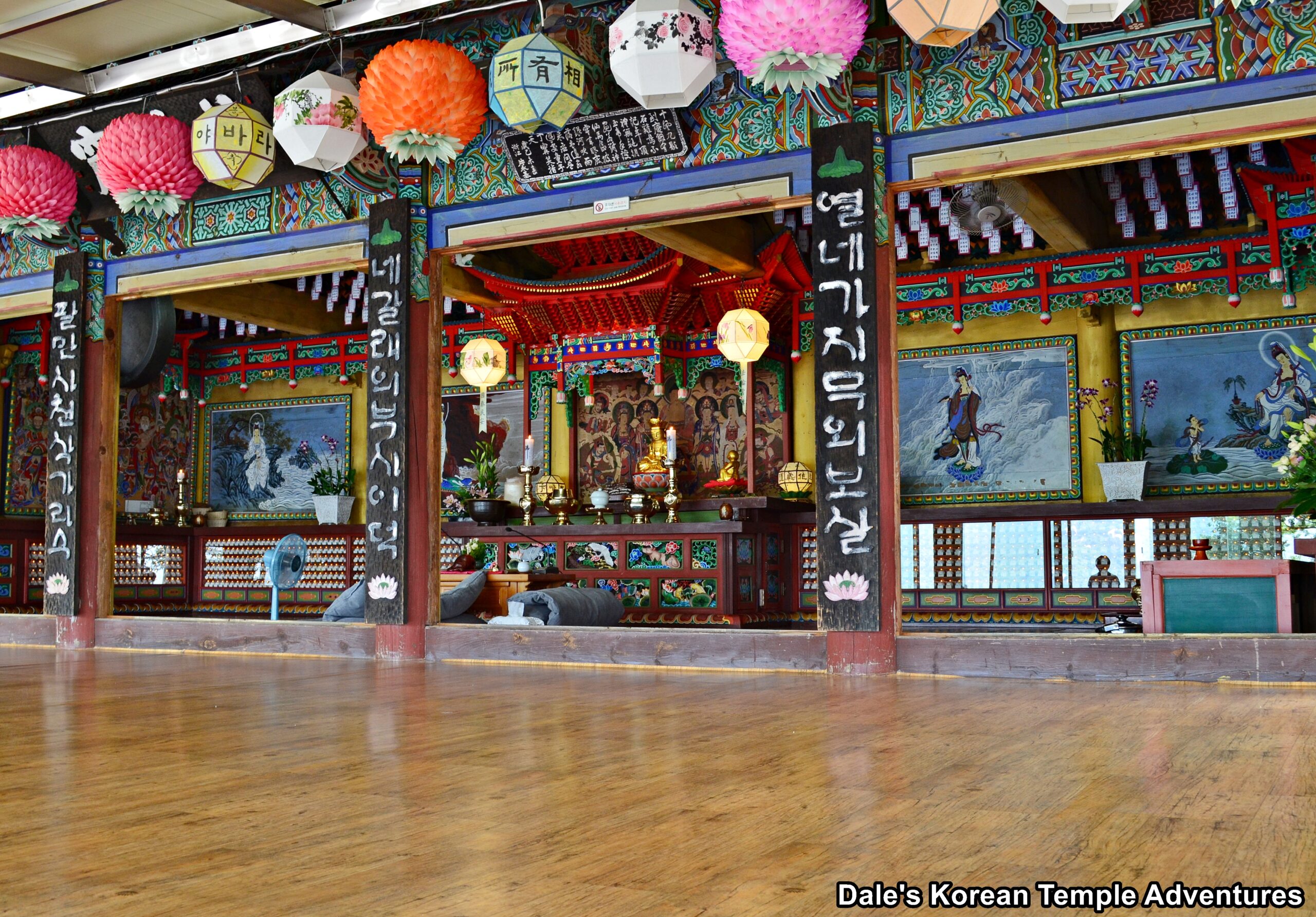
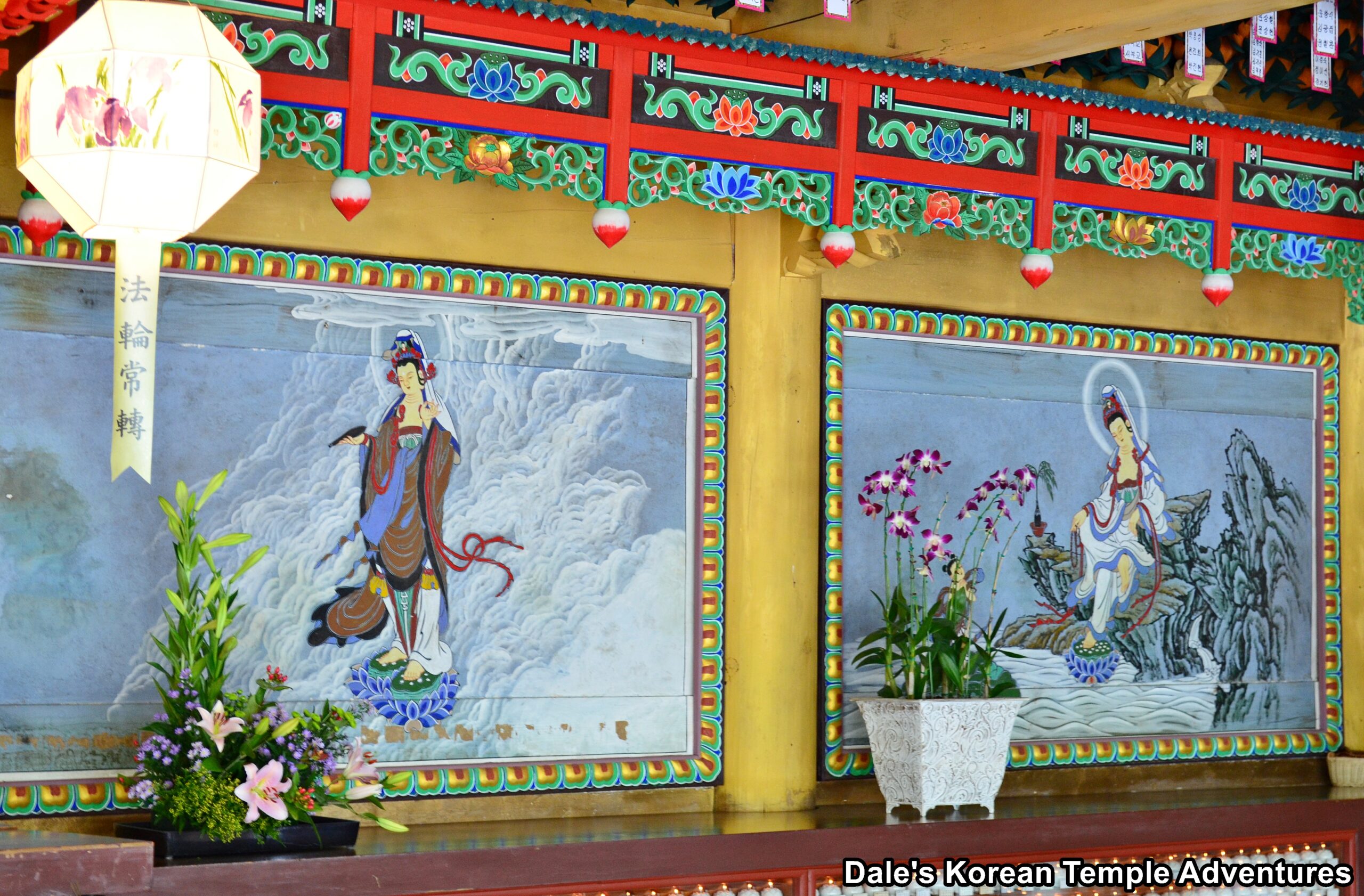

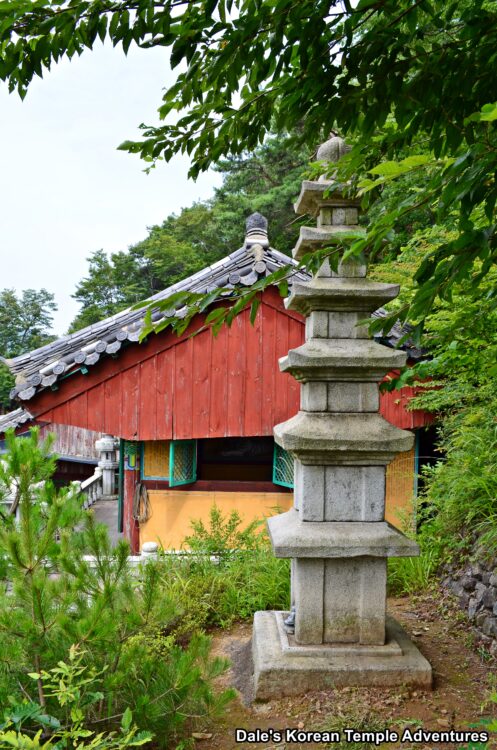

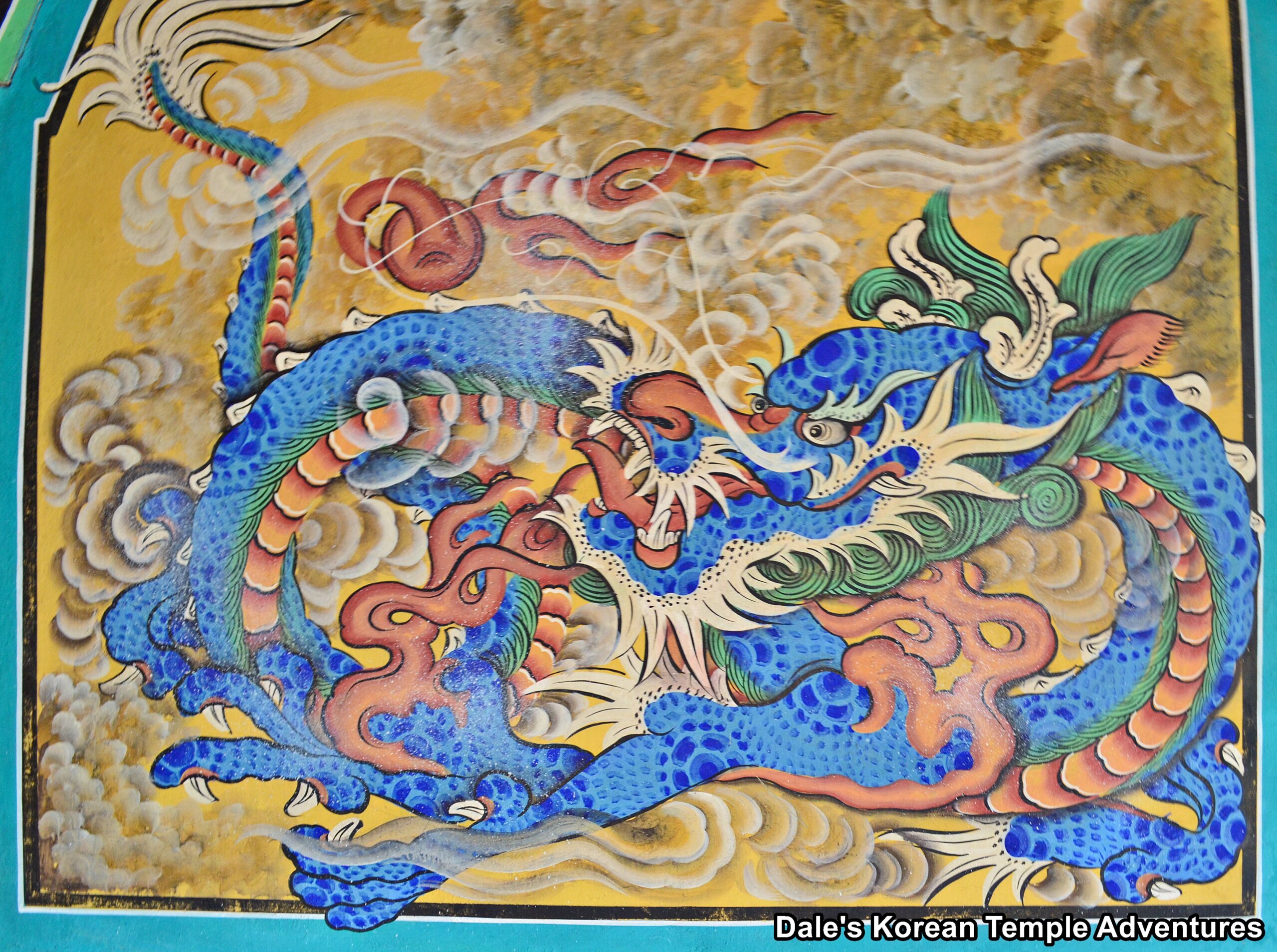
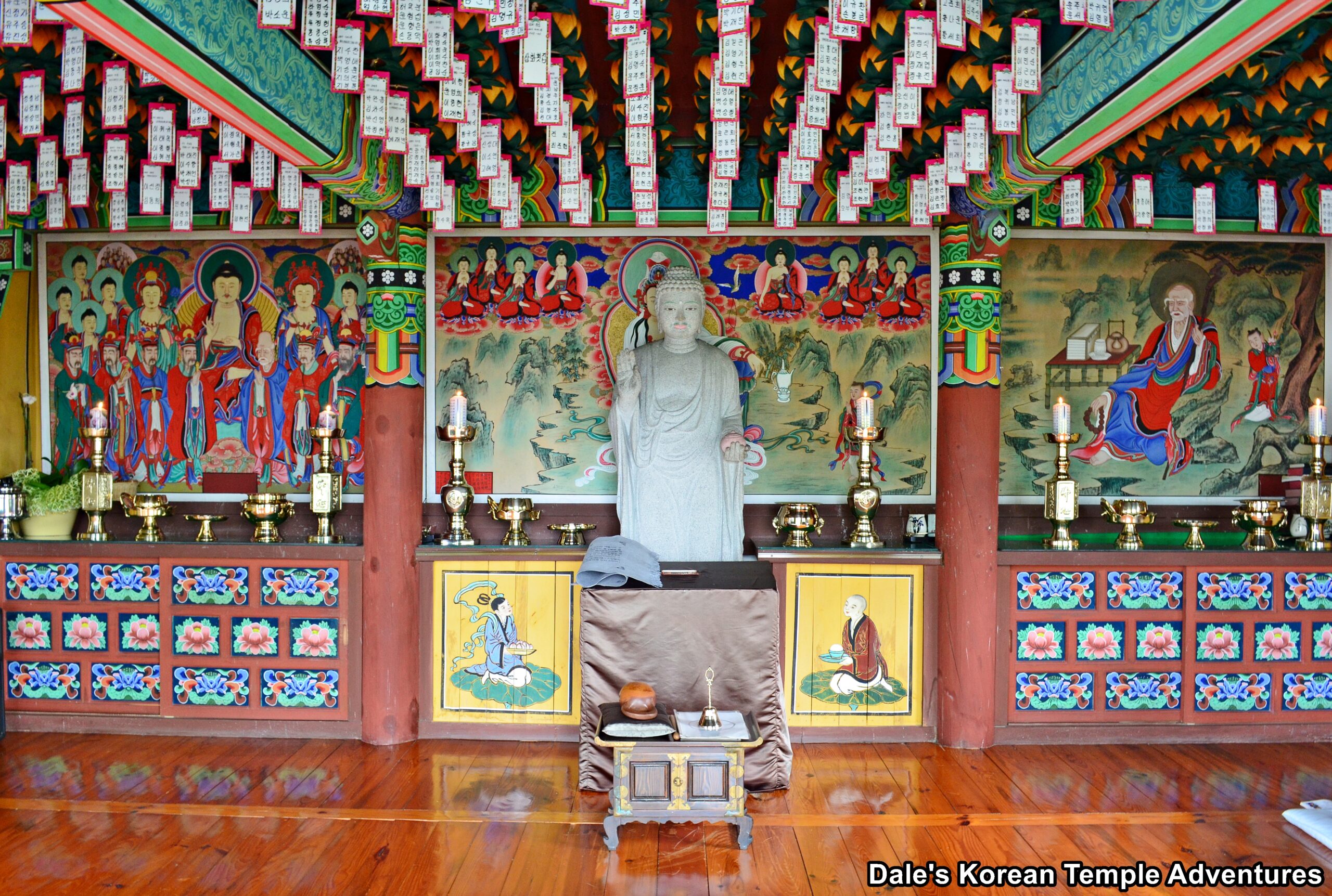
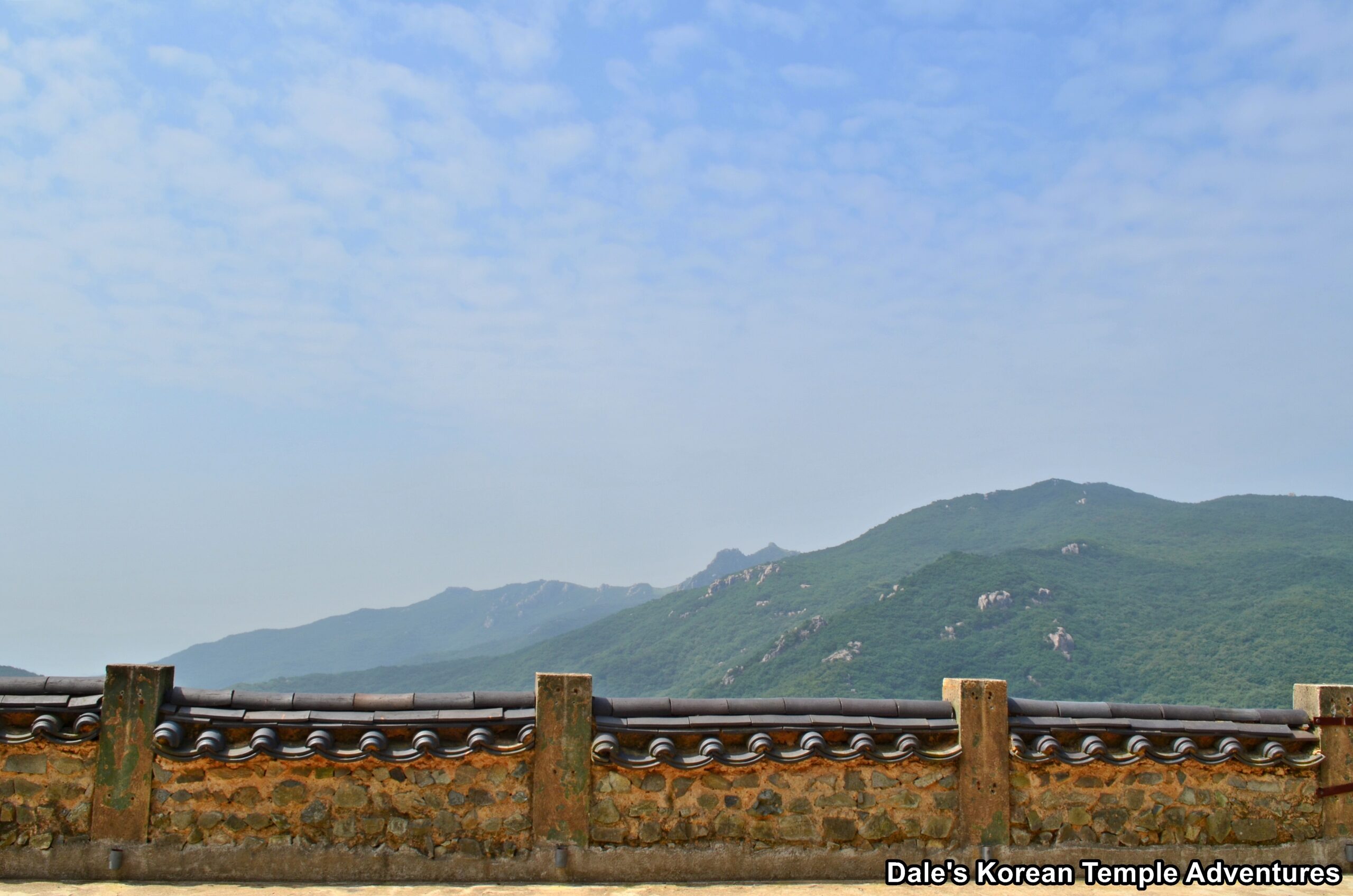
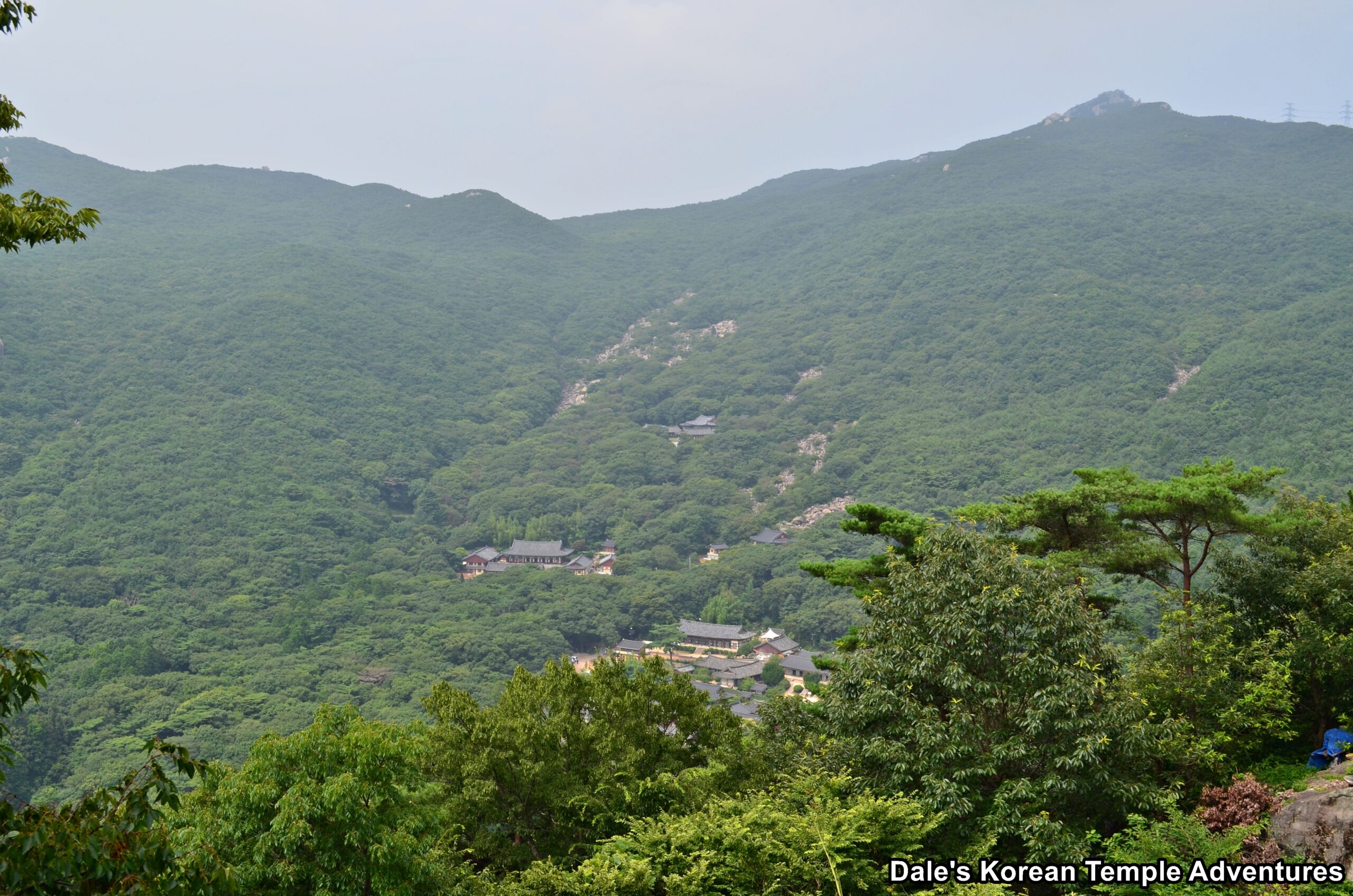
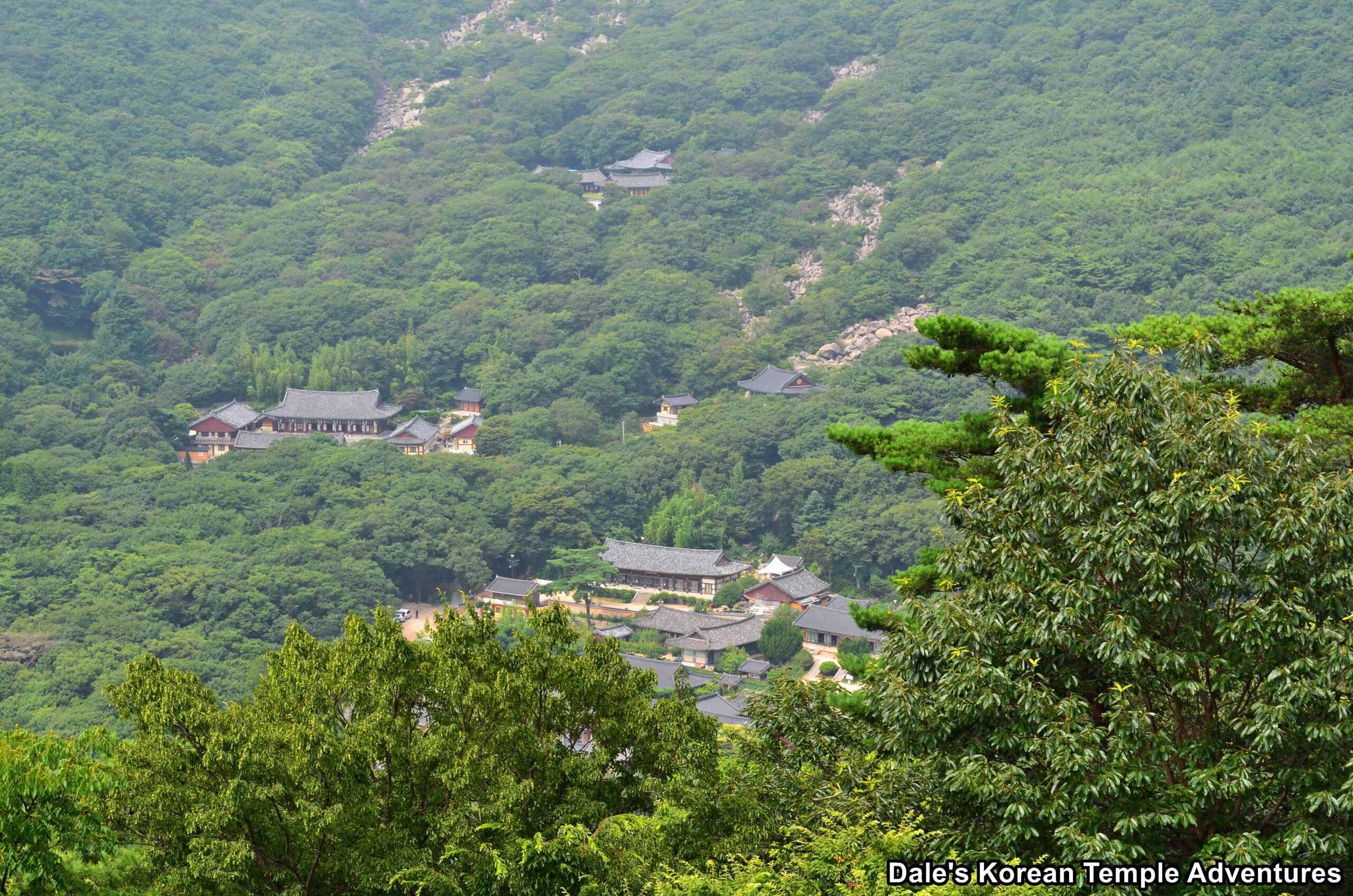


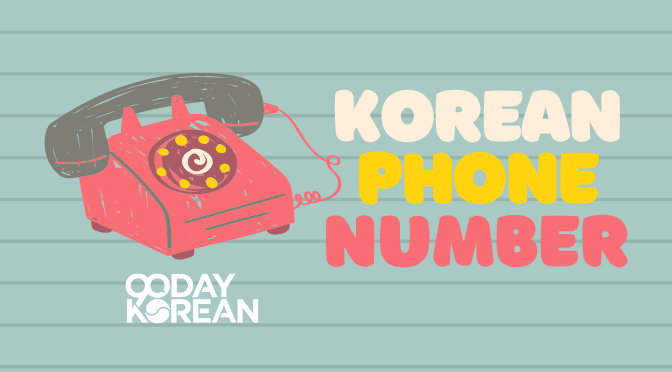
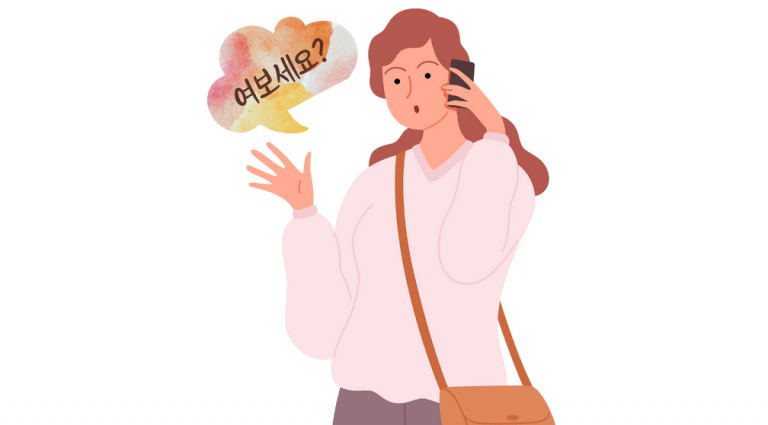
 Learn to read Korean and be having simple conversations, taking taxis and ordering in Korean within a week with our FREE Hangeul Hacks series:
Learn to read Korean and be having simple conversations, taking taxis and ordering in Korean within a week with our FREE Hangeul Hacks series: 
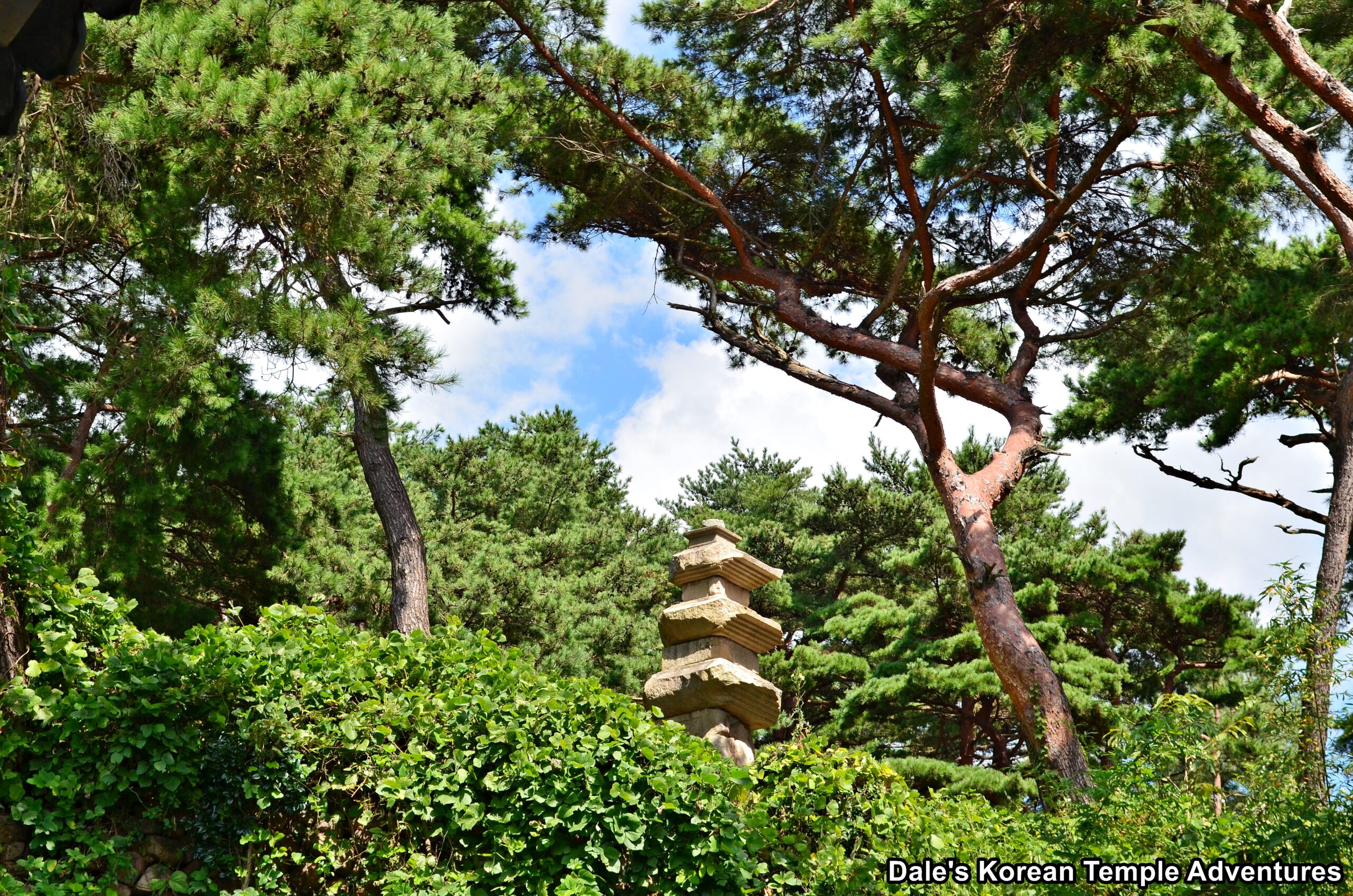
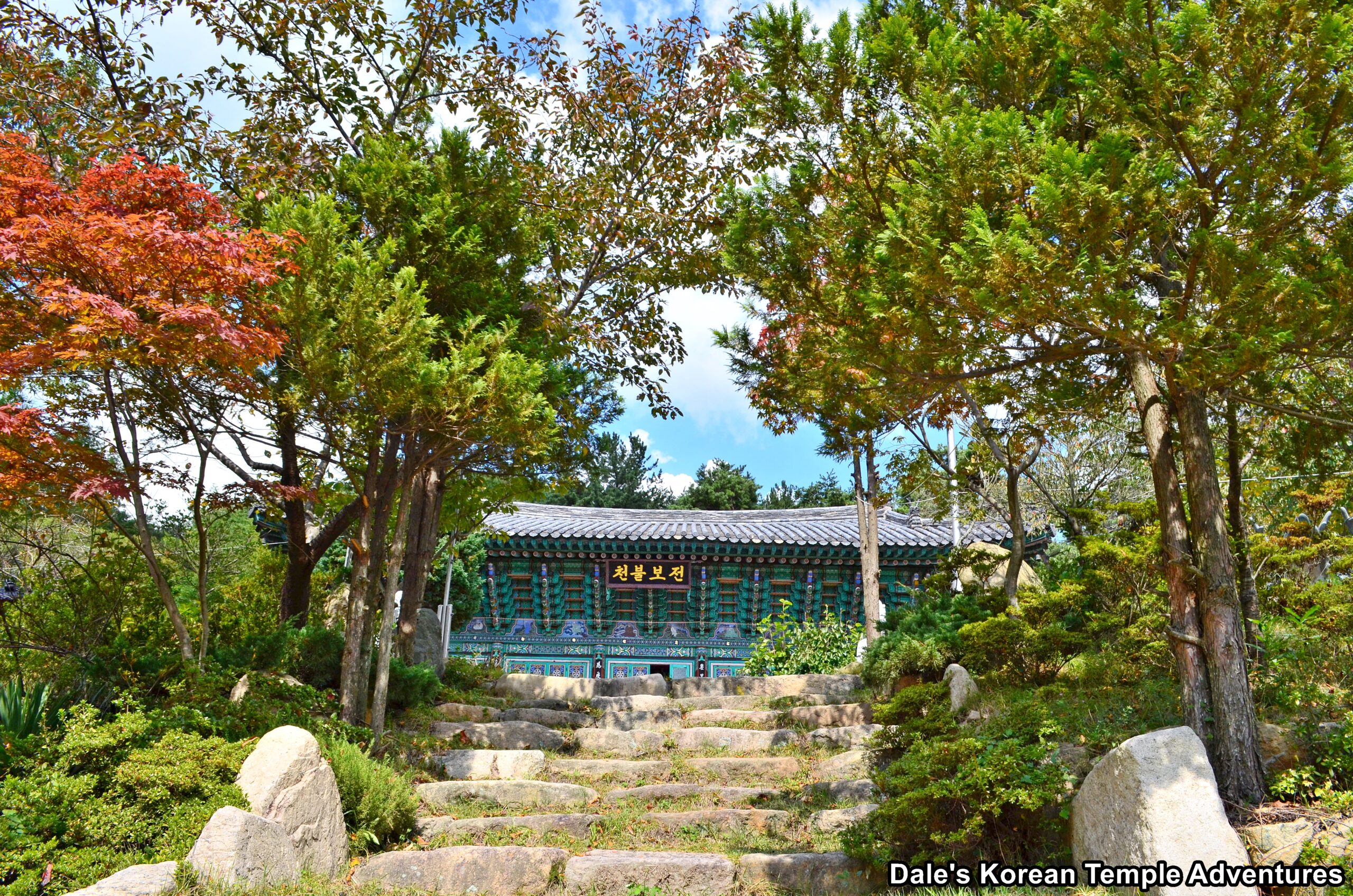
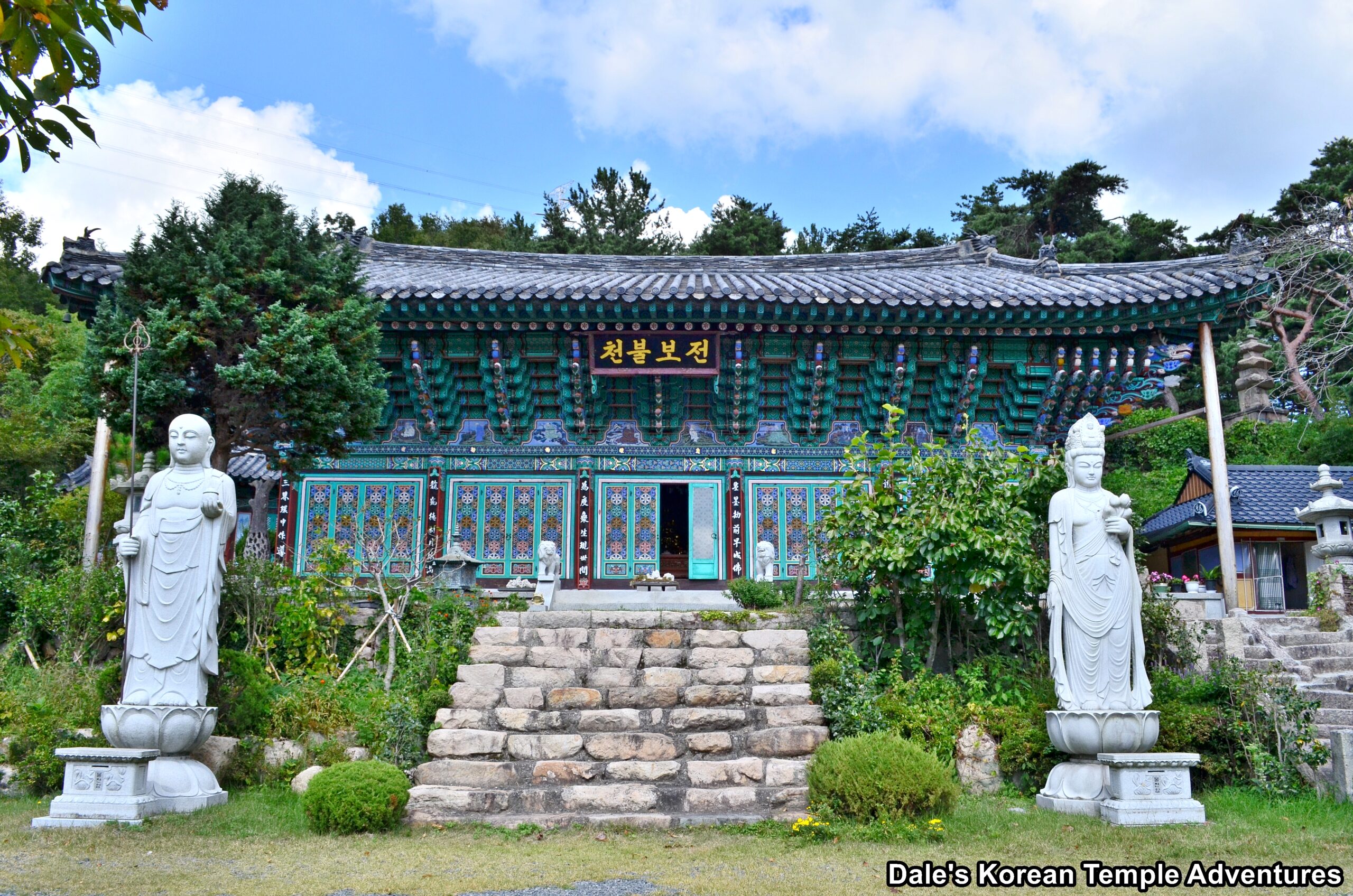
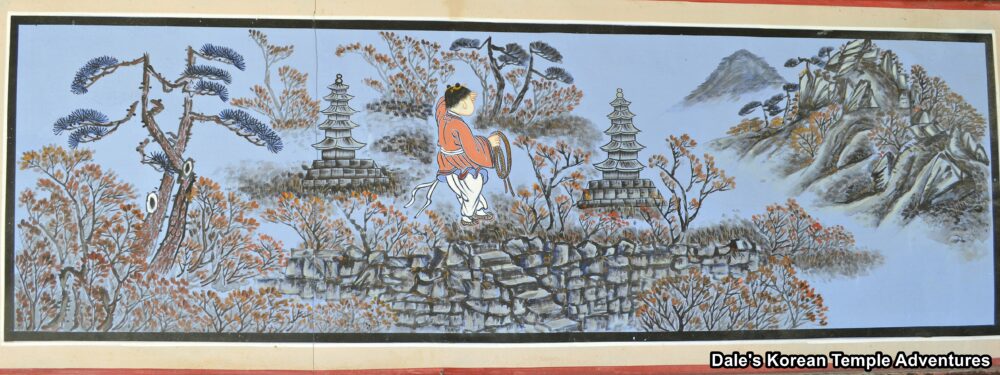
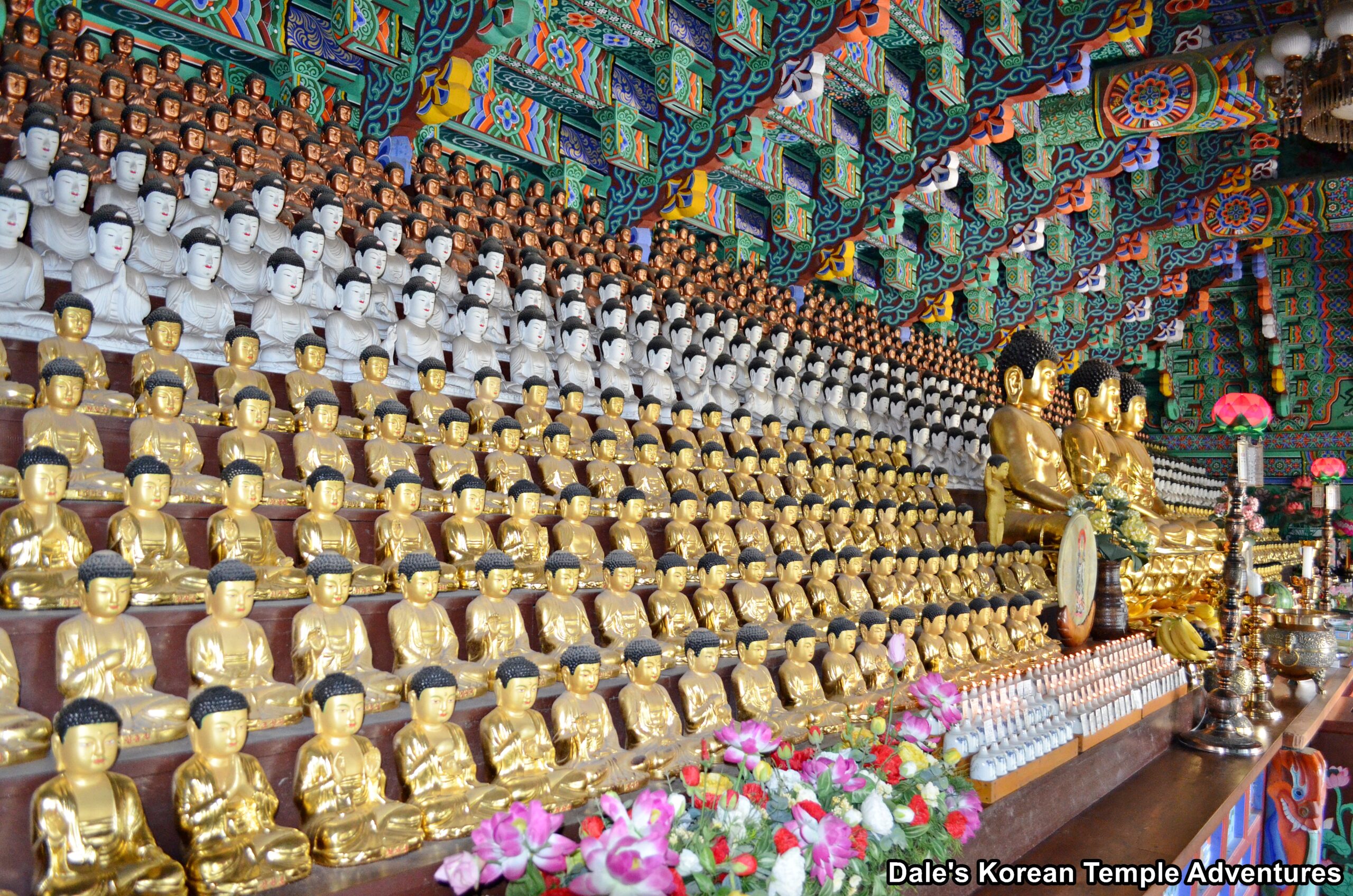
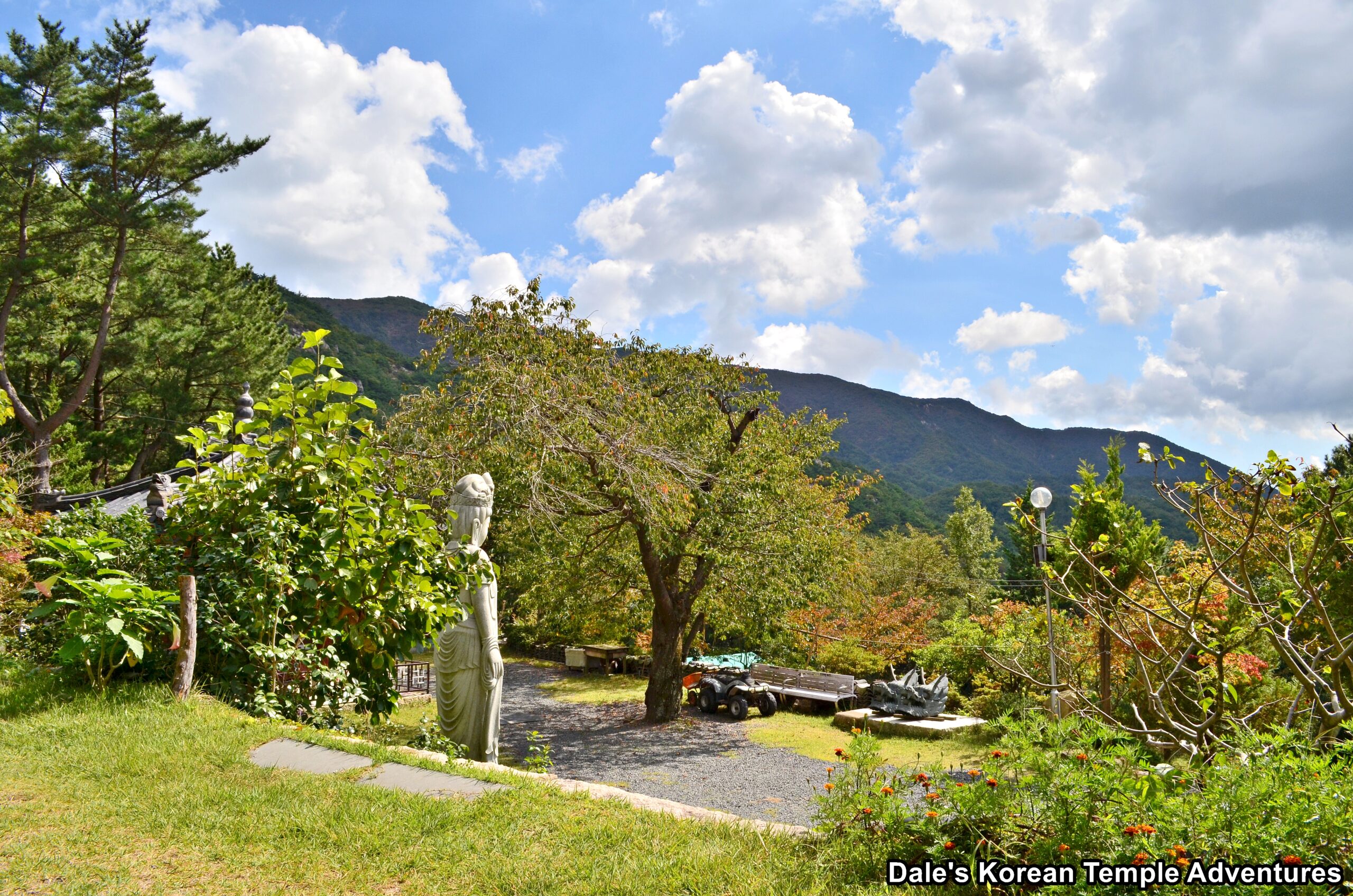
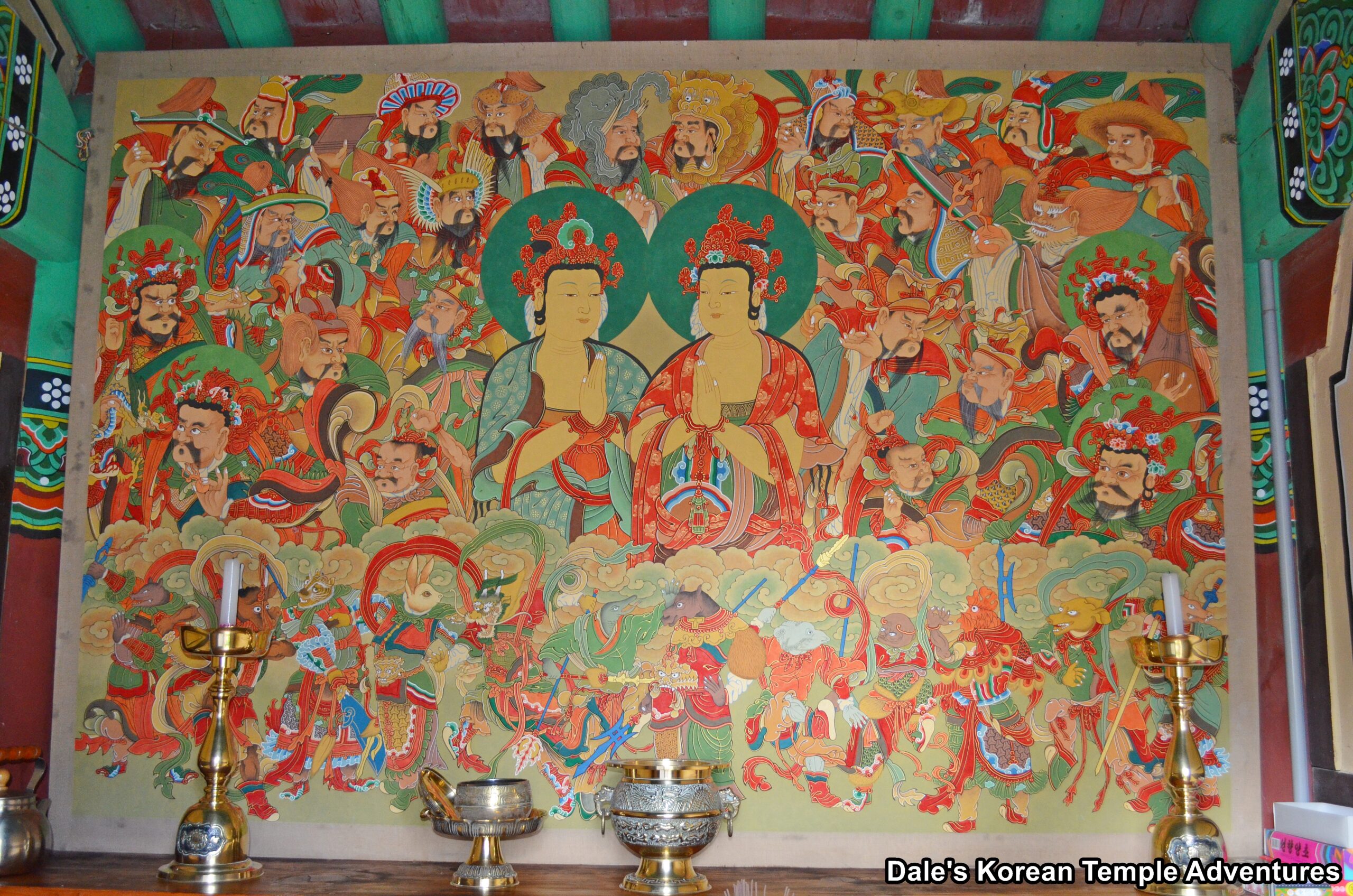
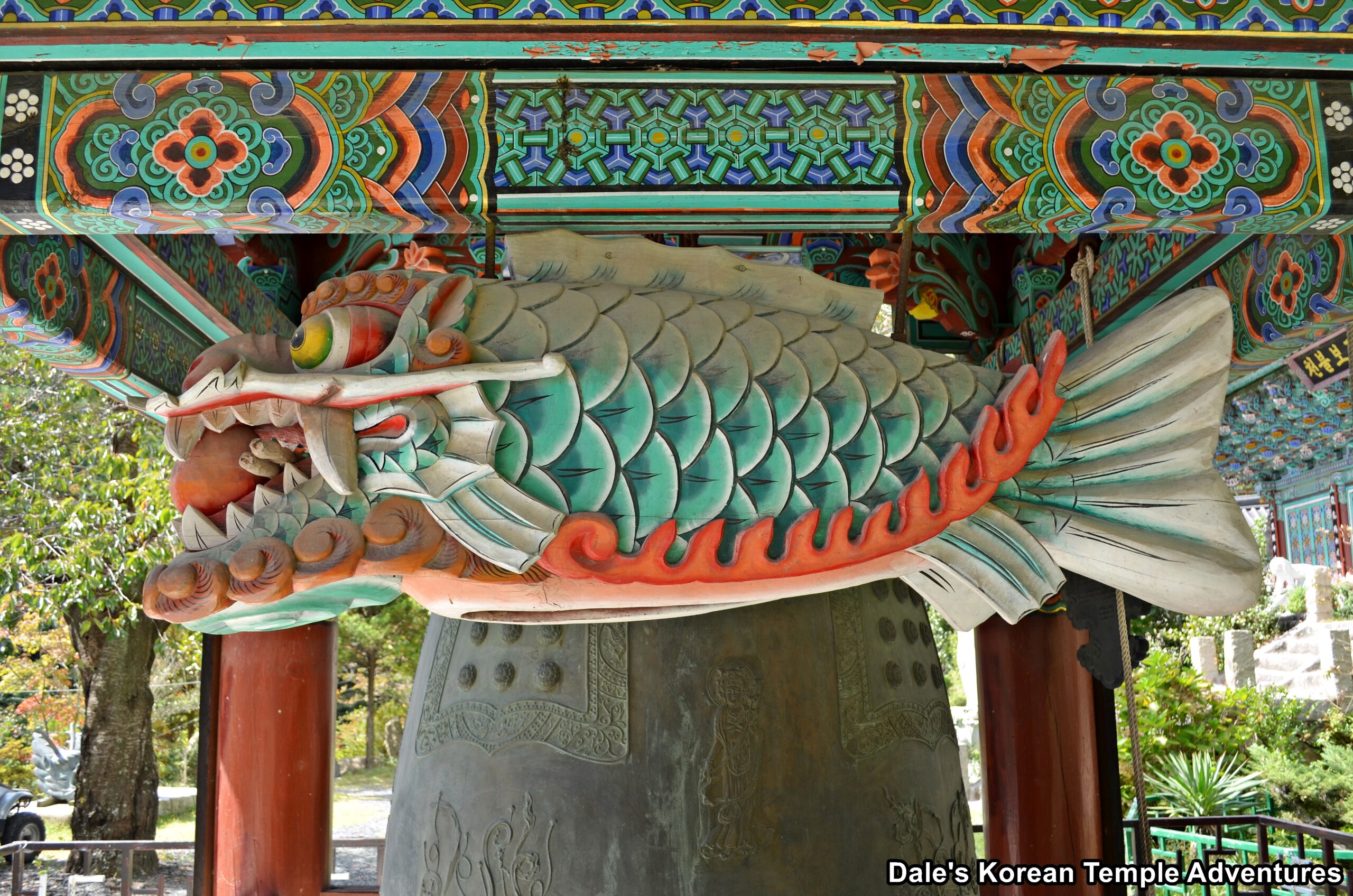
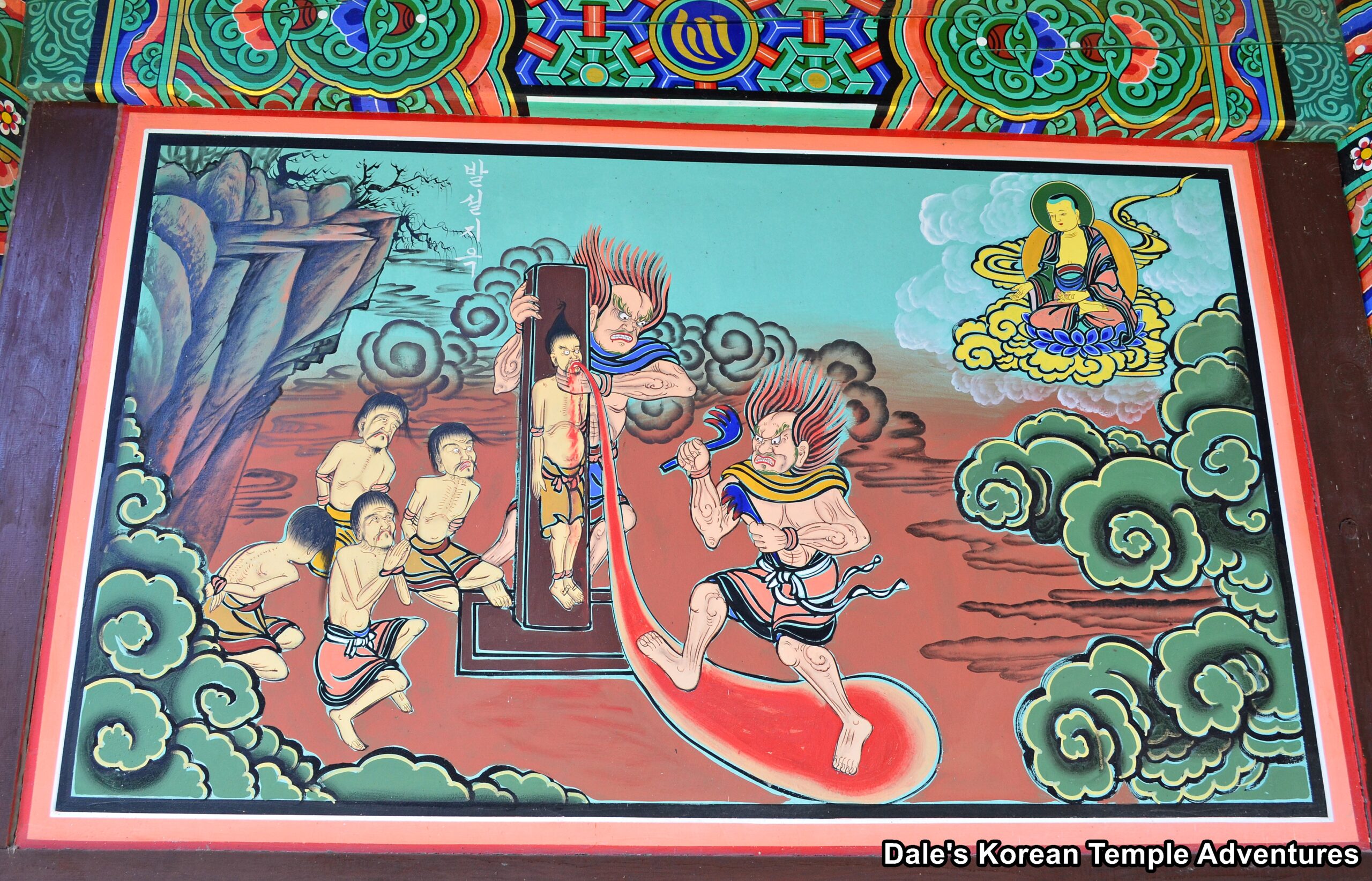
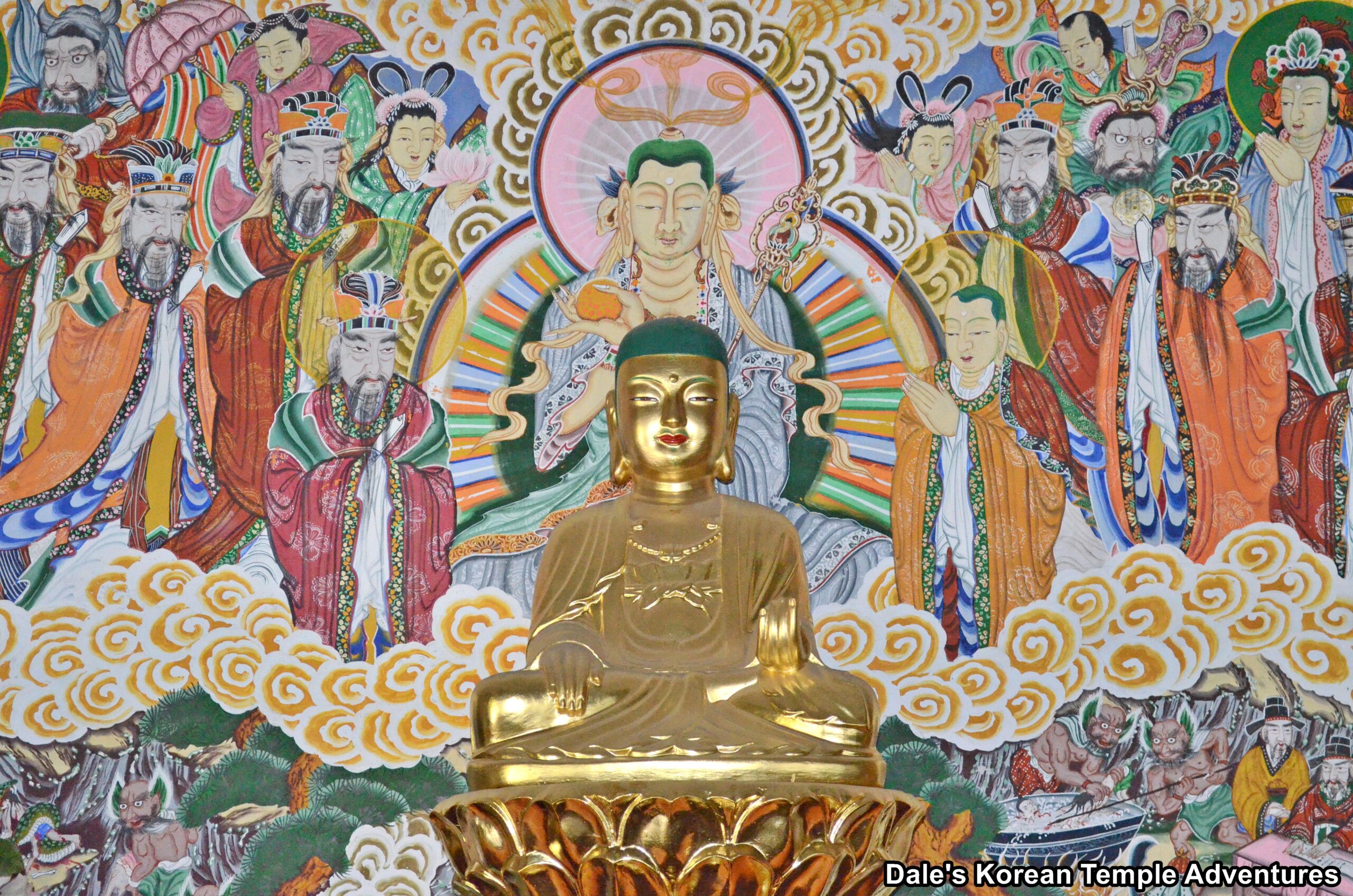
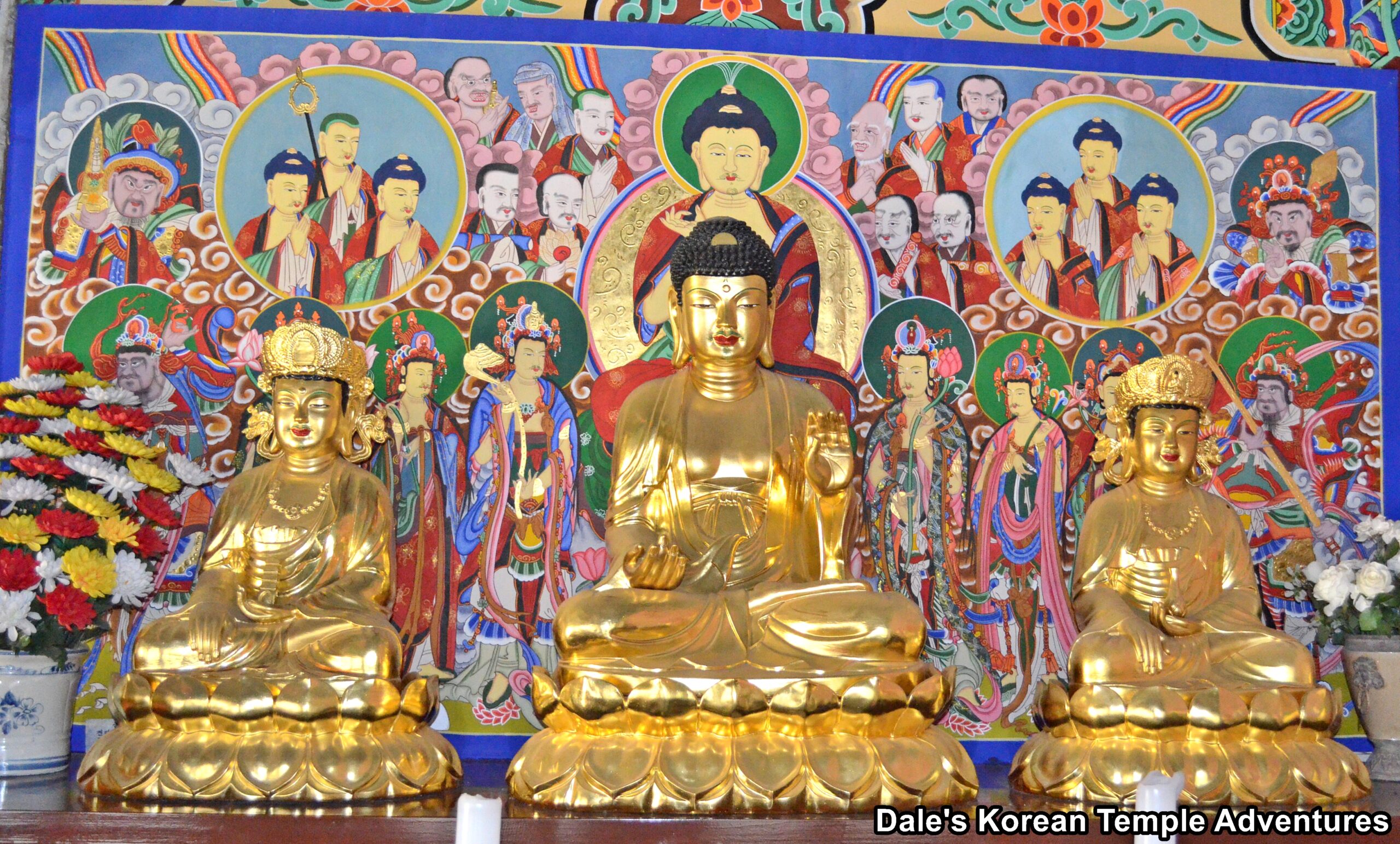
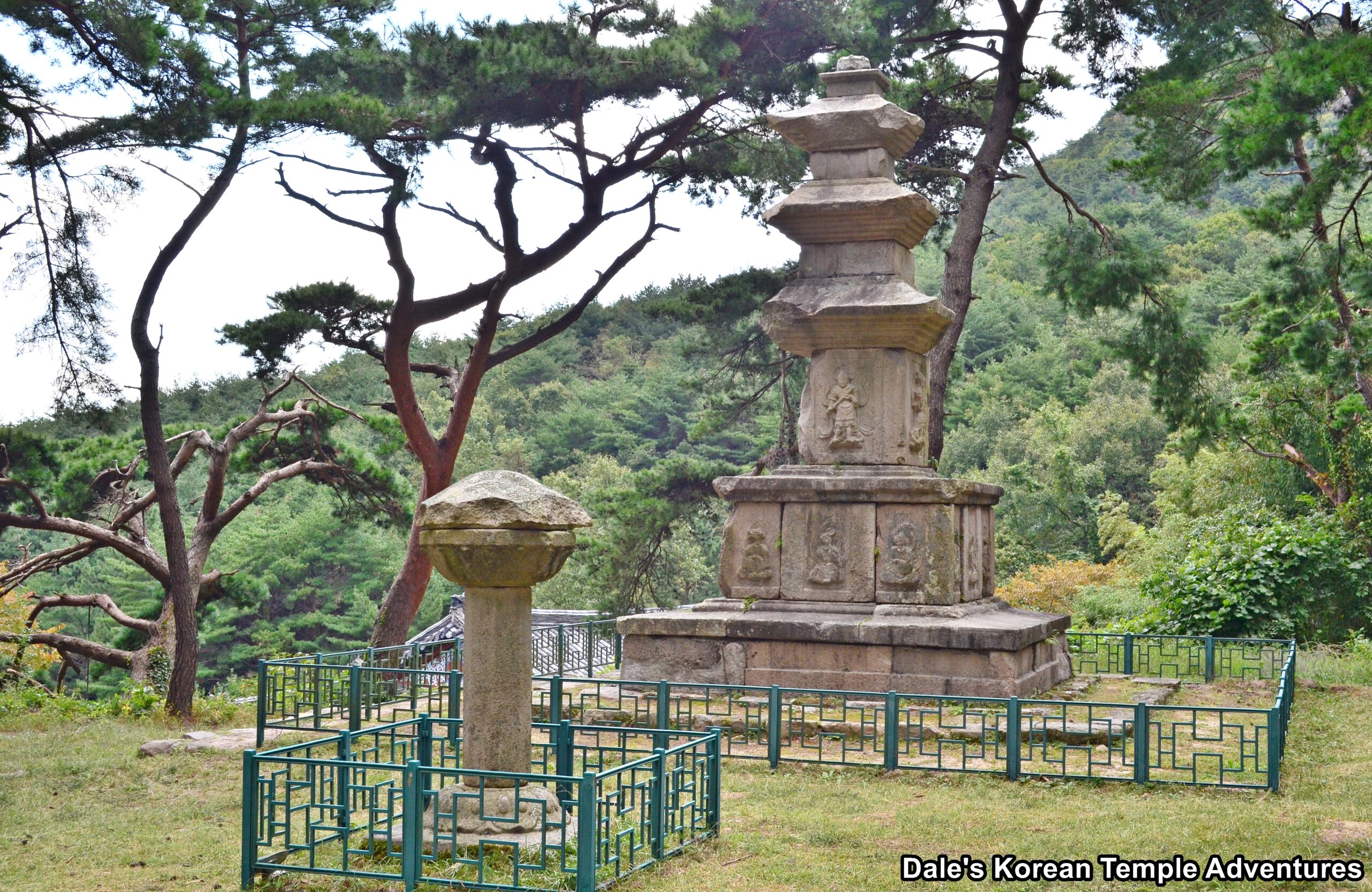
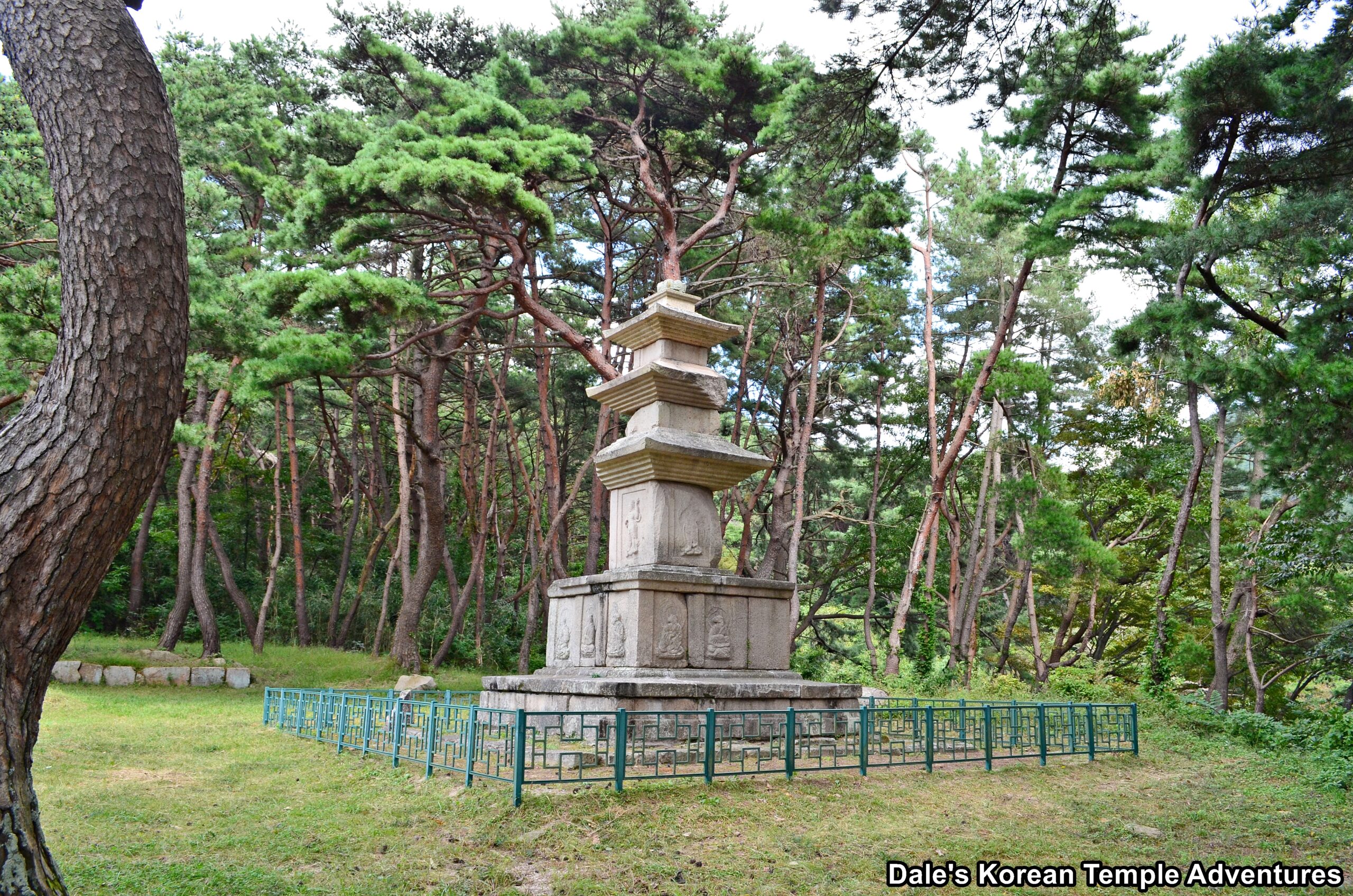
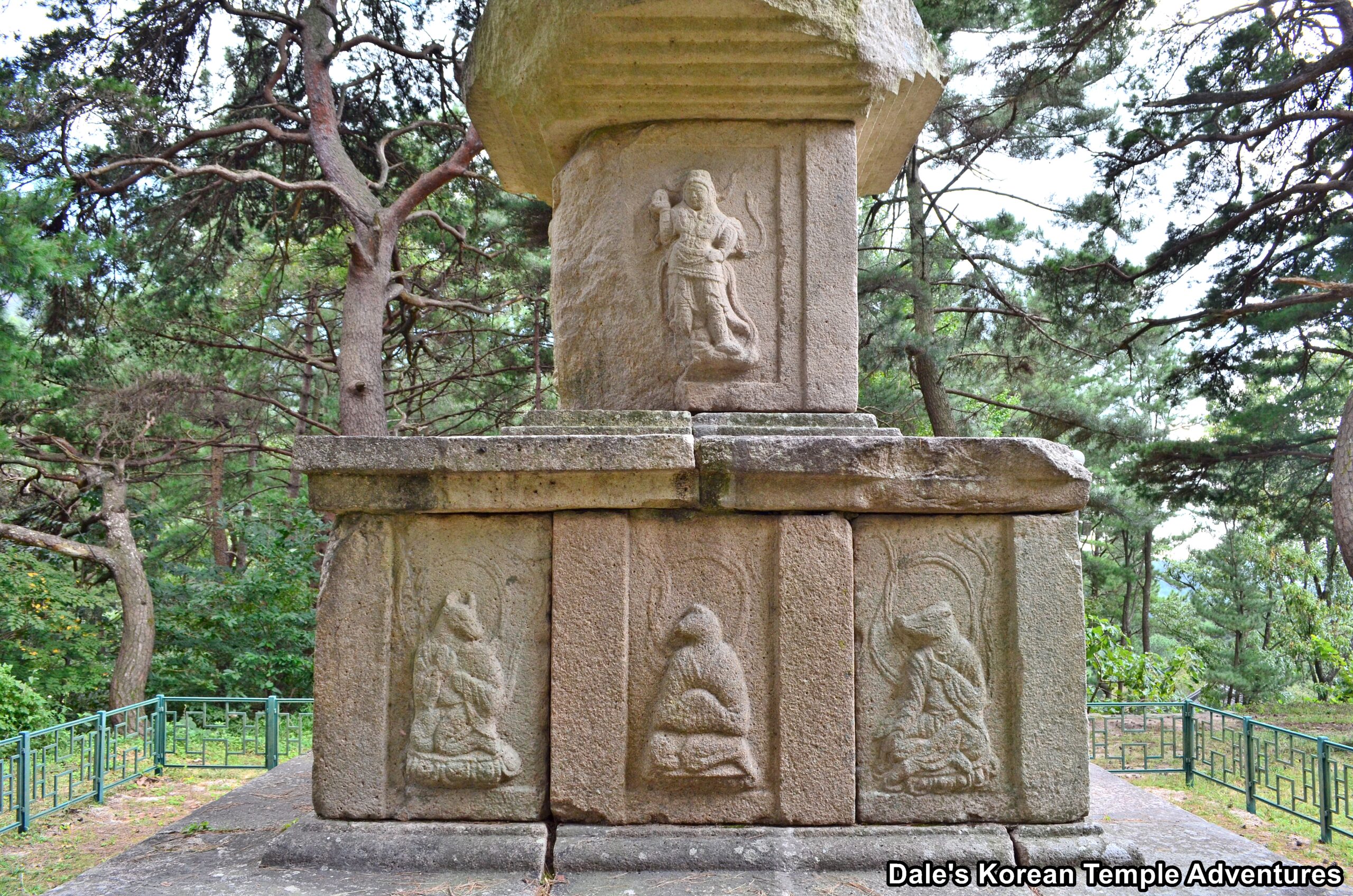
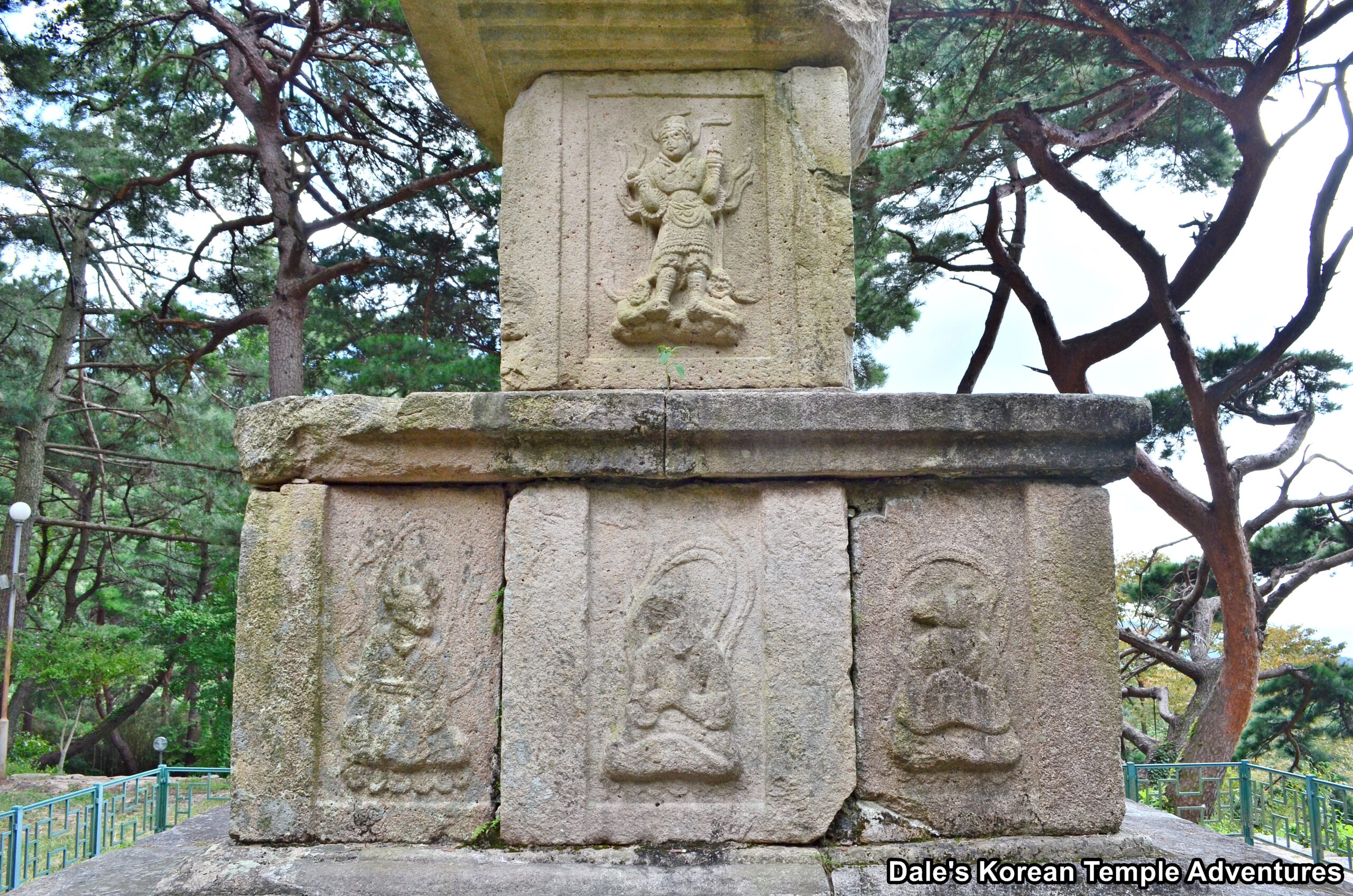
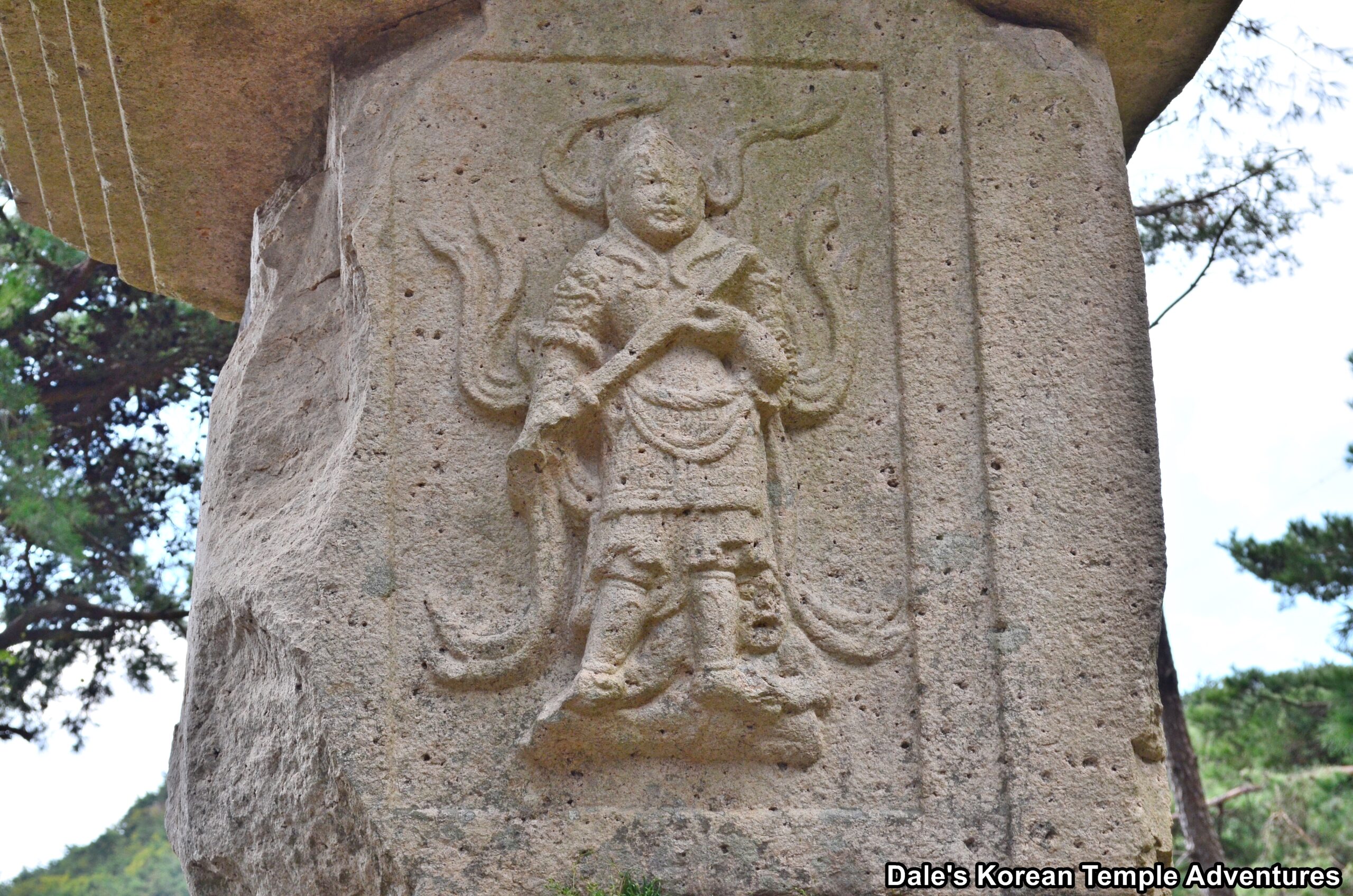
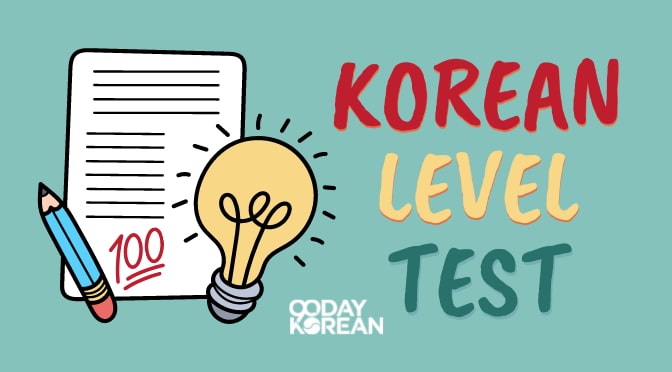

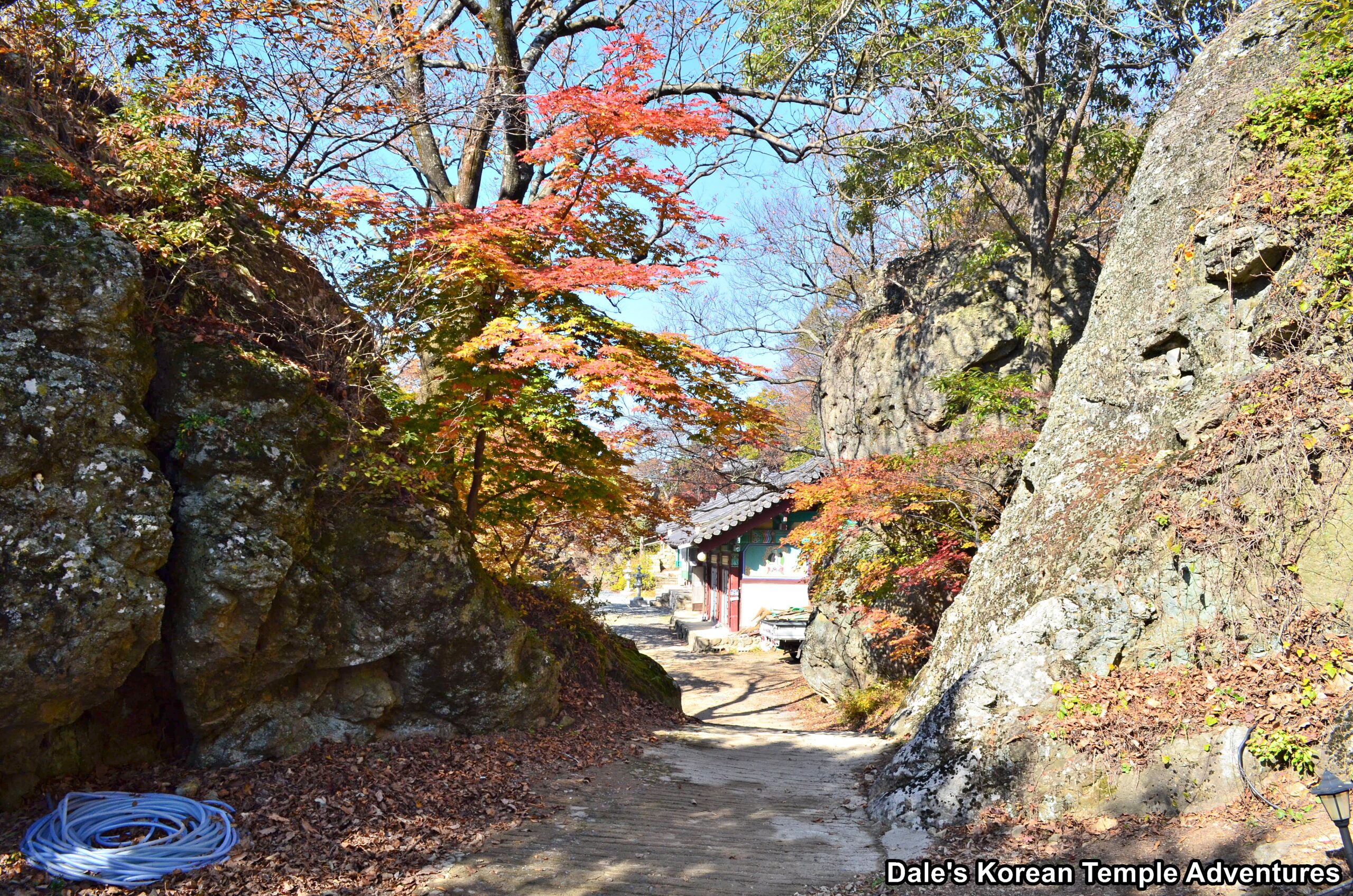
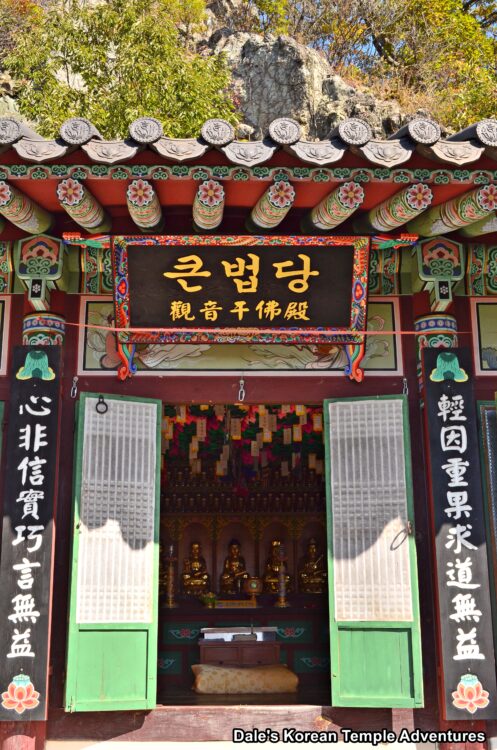
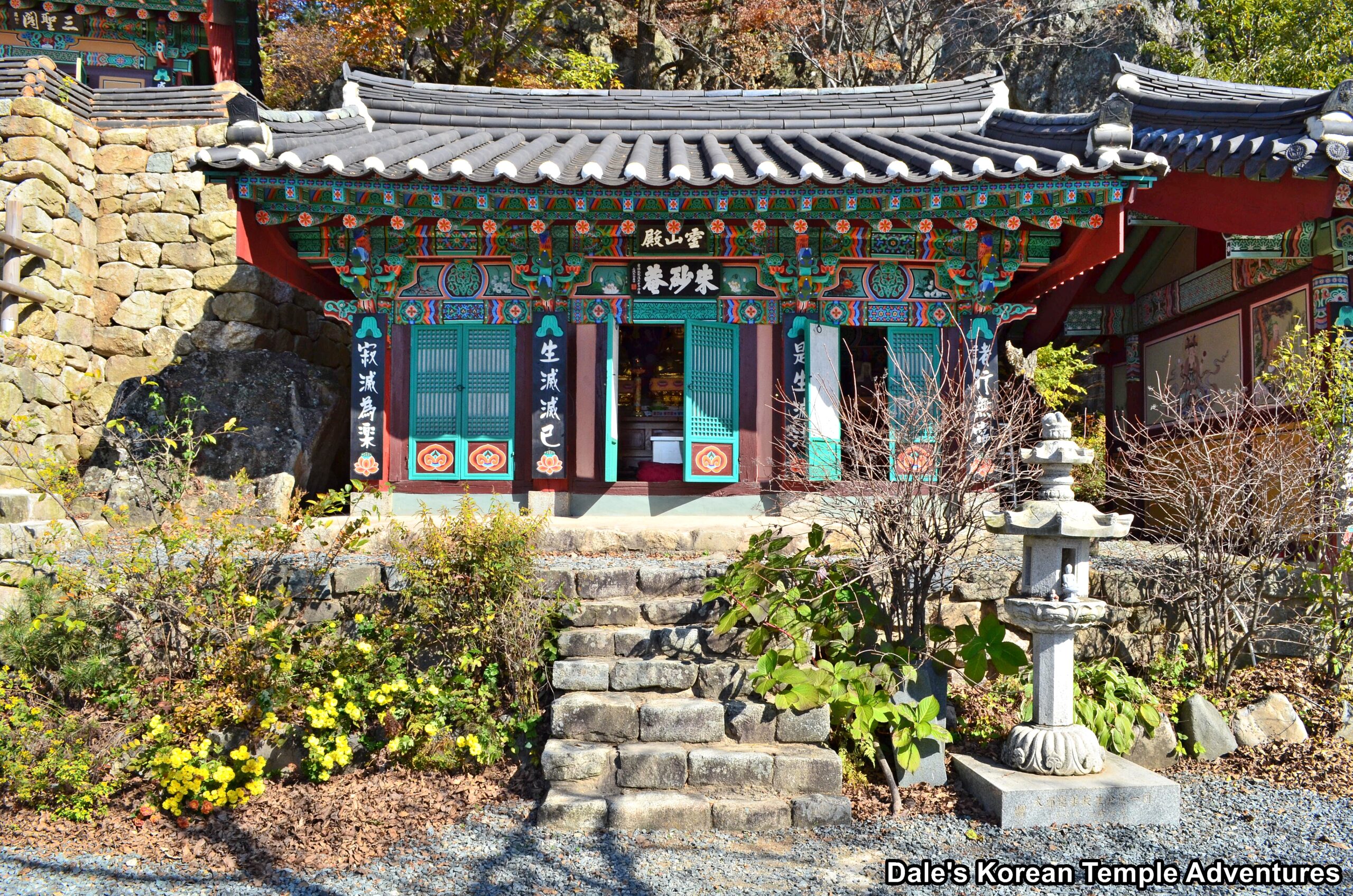
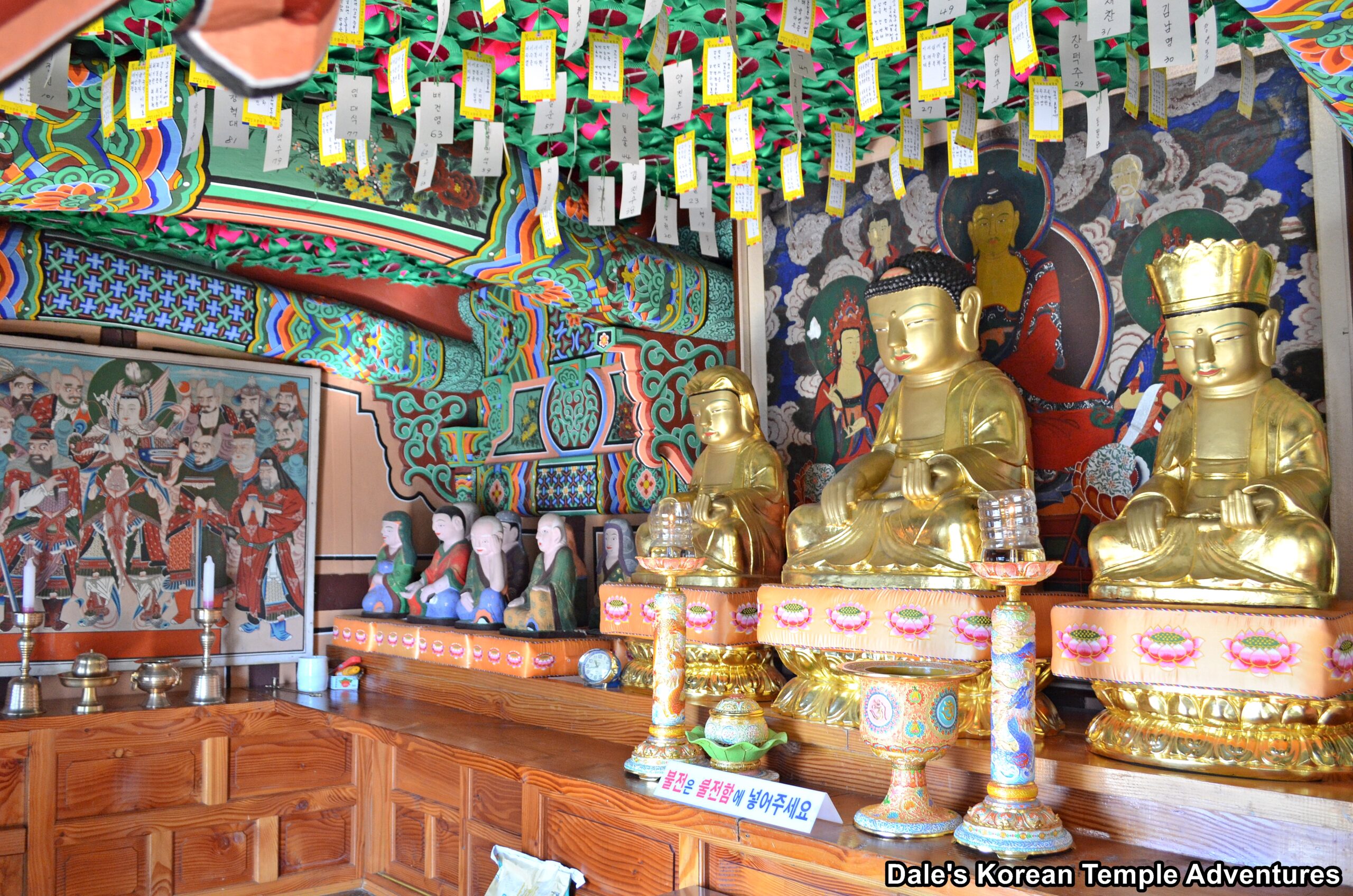
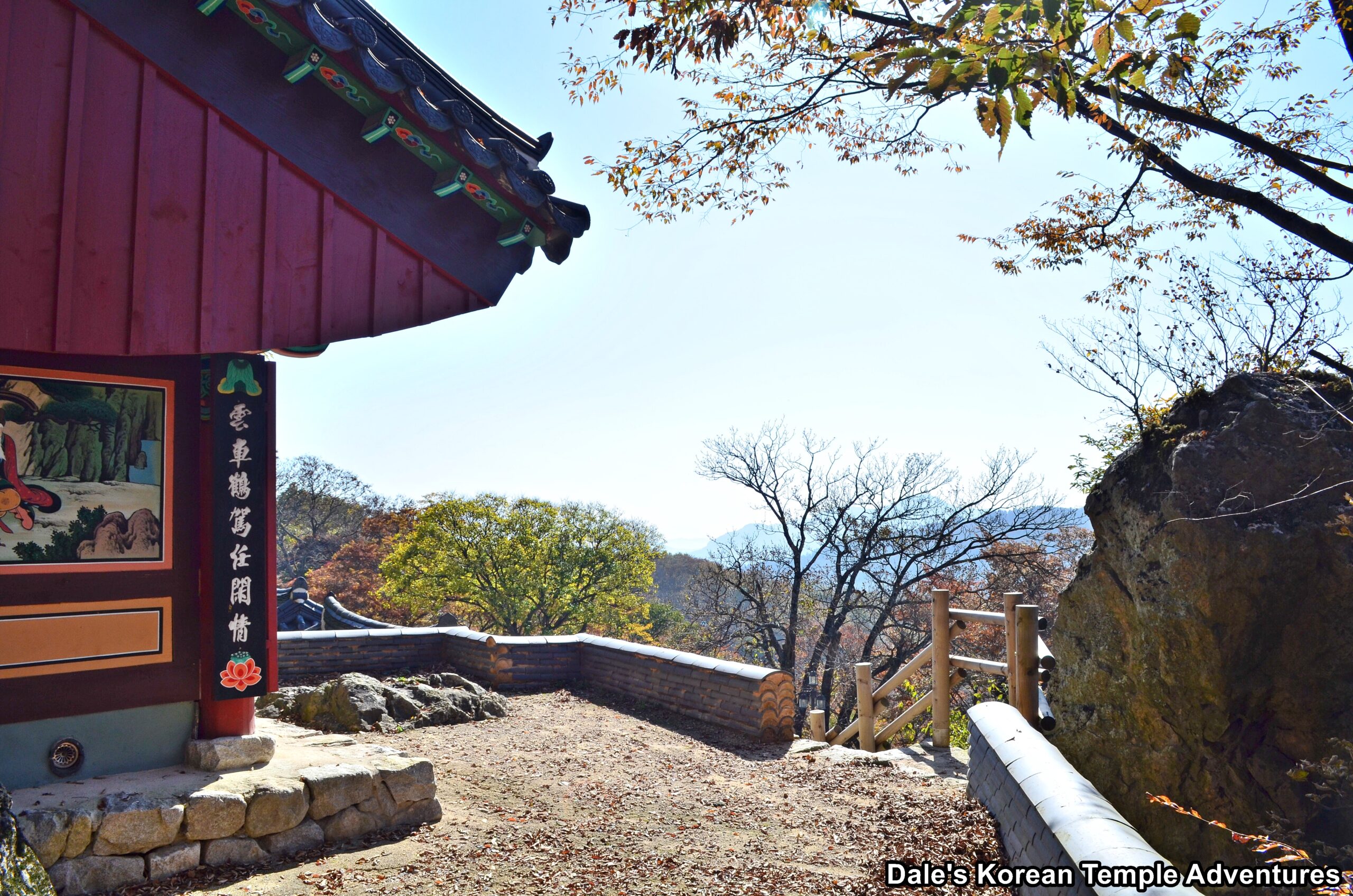

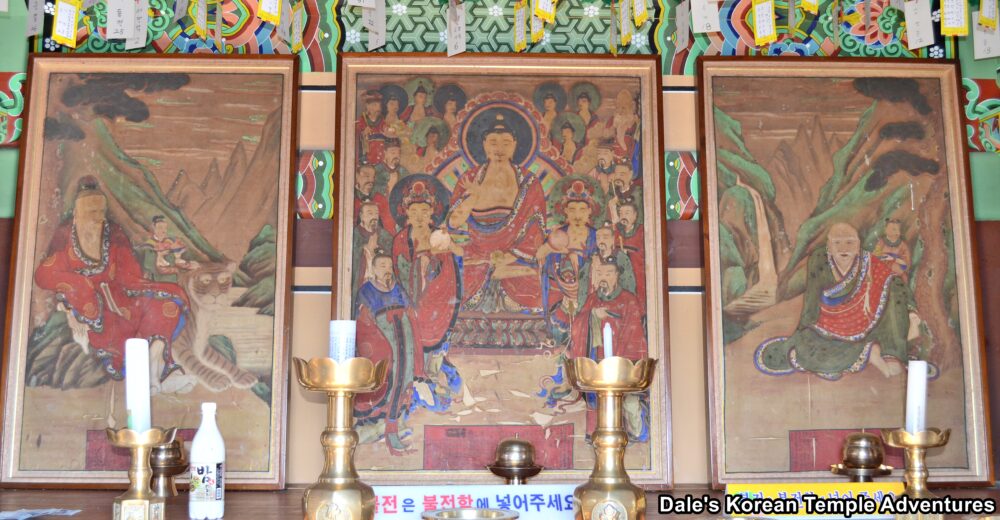
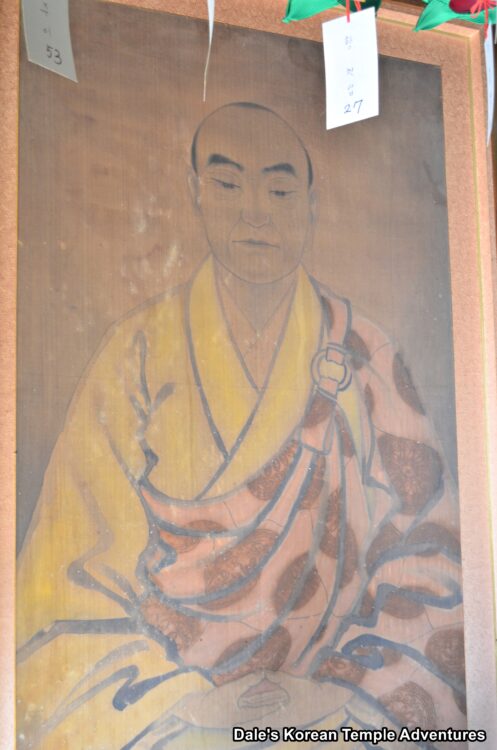
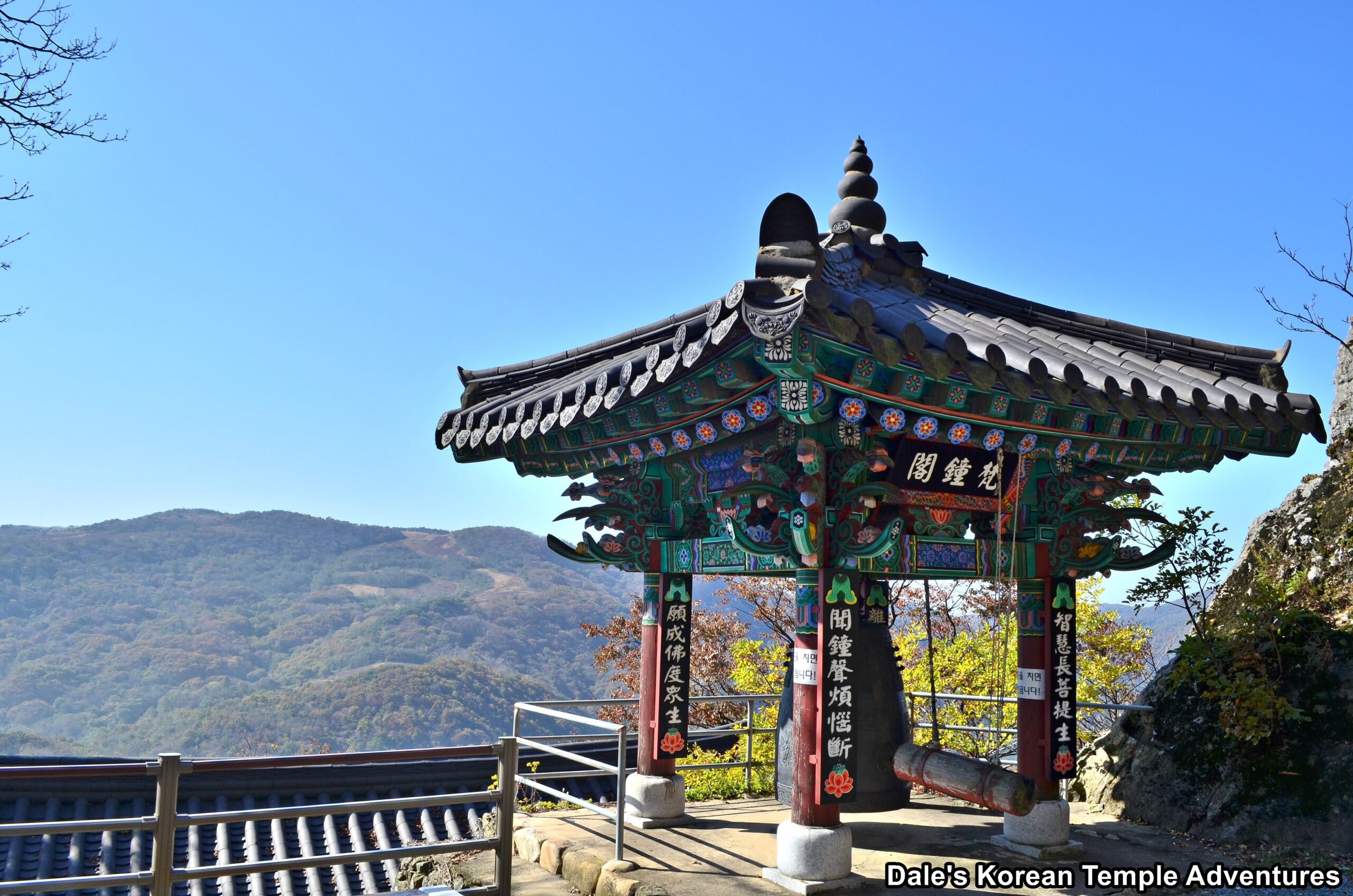
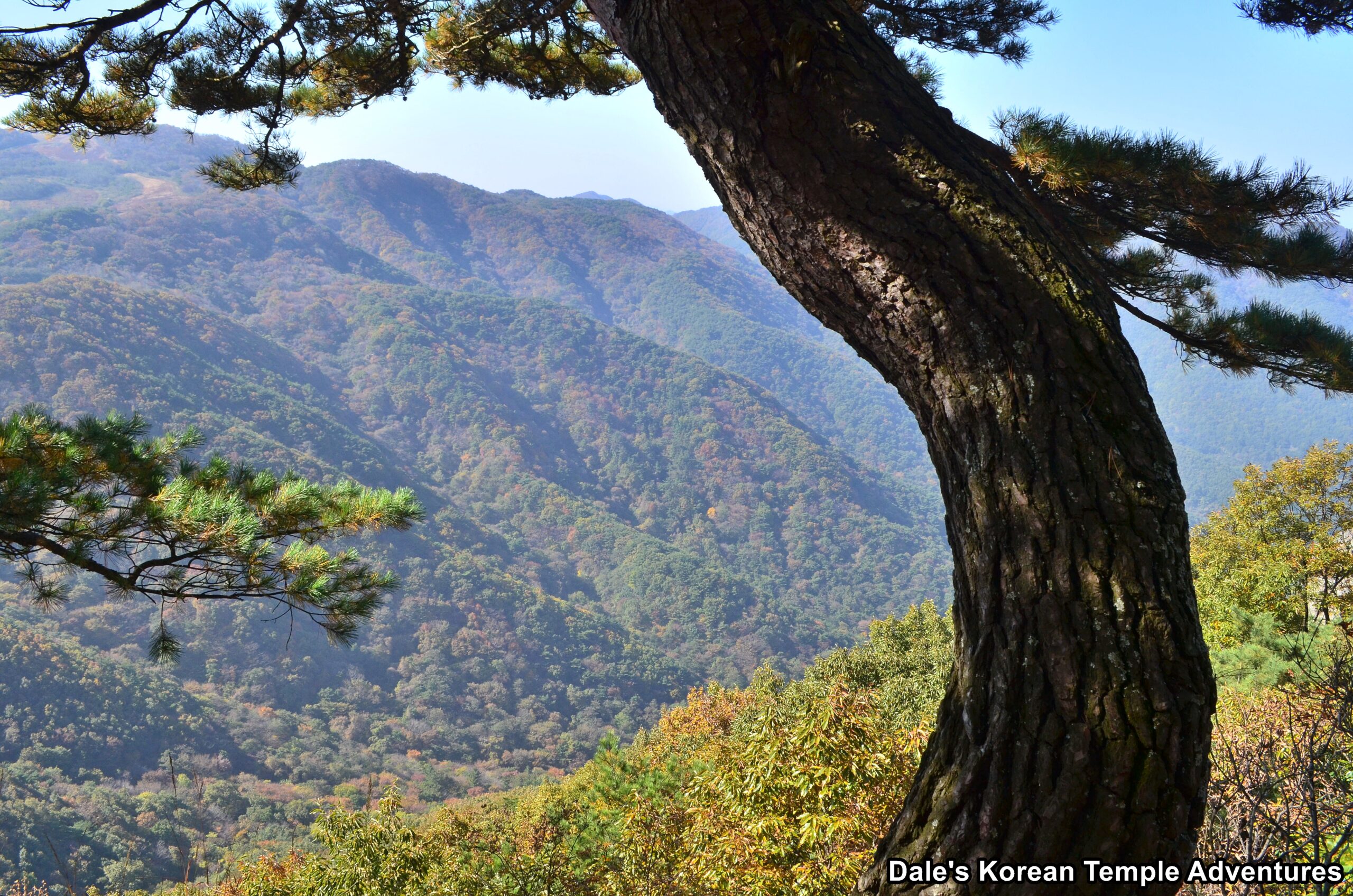
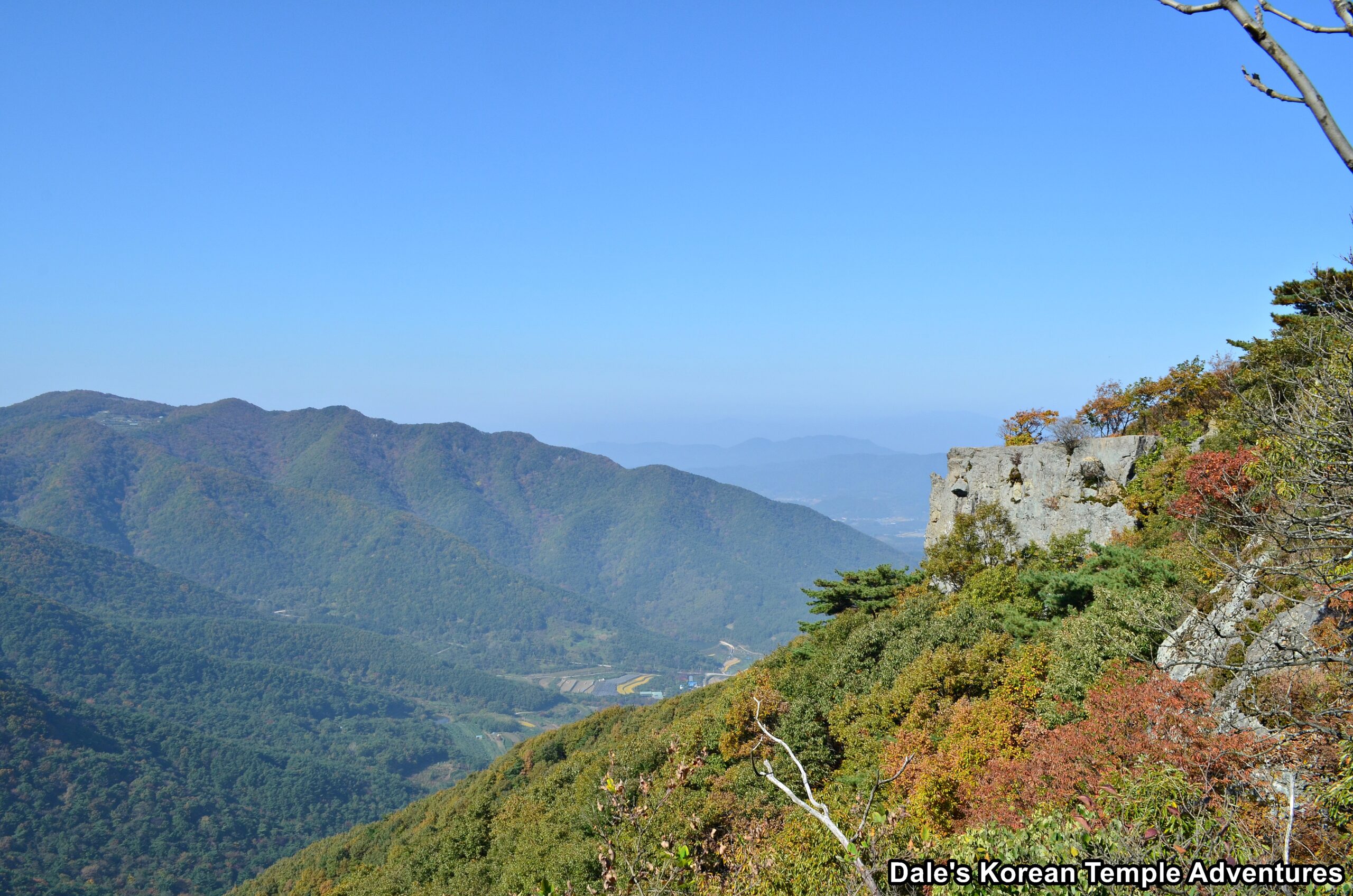
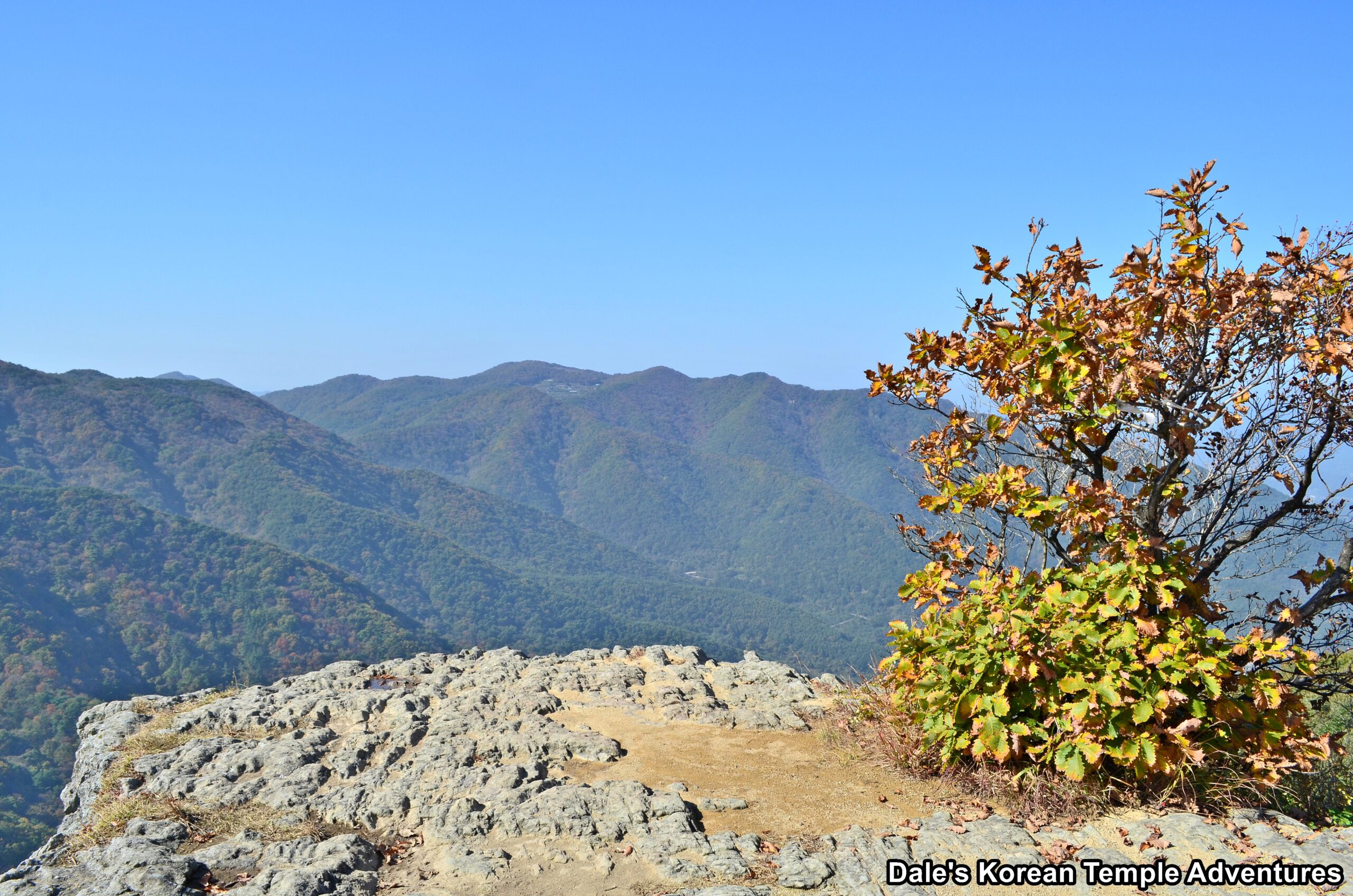




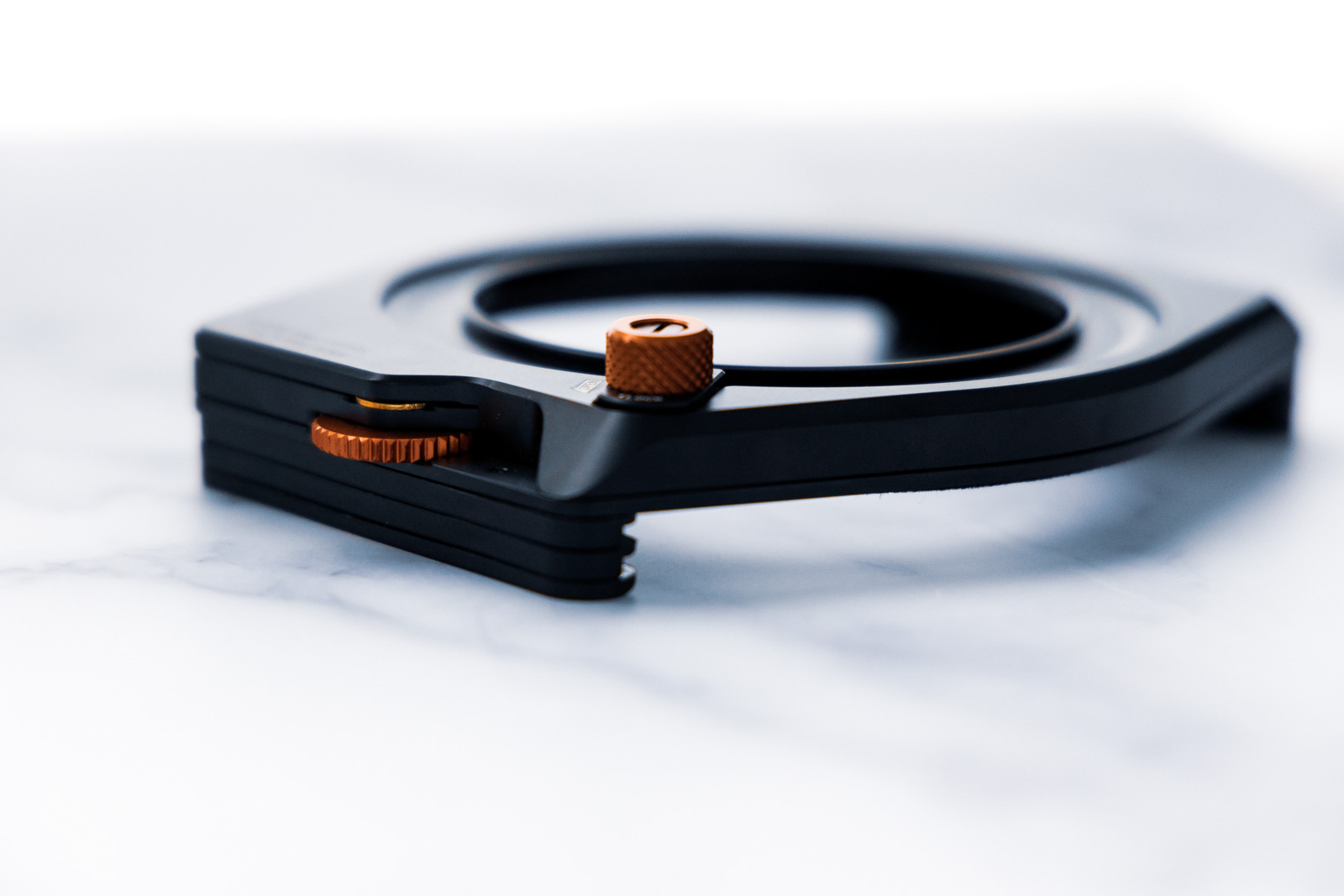






Recent comments